While many people believe that planting something in a north-west facing garden is very difficult and often does not turn out to be difficult, there is absolutely no truth in this statement.
Even with a north-west facing garden, you can have a beautiful garden full of colorful plants.
Of course, there is no doubt that many plants love sunlight, and to some, it is even mandatory to have specific hours of daylight for optimum growth.
So, if you’re eager to grow plants in your northwest-facing garden, take a look at the 30 plants below.
30 Plants for Northwest Facing Garden
- Azara Serrata (Saw-toothed azara)
- Cyrtomium falcatum (Holly fern)
- Hydrangea integrifolia
- Osmanthus delavayi
- Lathyrus latifolius’ White Pearl’ (Everlasting sweet pea)
- Tiarella cordifolia (Foamflower)
- Heuchera (Coral Bells)
- Digitalis (Foxglove)
- Astilbe
- Lamium Maculatum (Dead Nettle)
- Pulmonaria (Lungwort)
- Alchemilla (Lady’s mantle)
- Albéric Barbier (Rambling Rose)
- Virginia Creeper
- Verbena bonairiensis
- Phlox paniculata
- Elder tree
- Camellia japonica
- Phemeranthus calycinus (Fameflower)
- Tulips
- Jasmine
- Daphne
- Penstemon (Beardtongue)
- Campanula (Bellflower)
- Ceanothus
- Geraniums
- Leucanthemum x superbum (Snowcap Shasta Daisy)
- Polygonatum × hybridum (Solomon’s seal)
- Alchemilla Mollis (Lady’s Mantle)
- Impatiens walleriana (Impatiens)
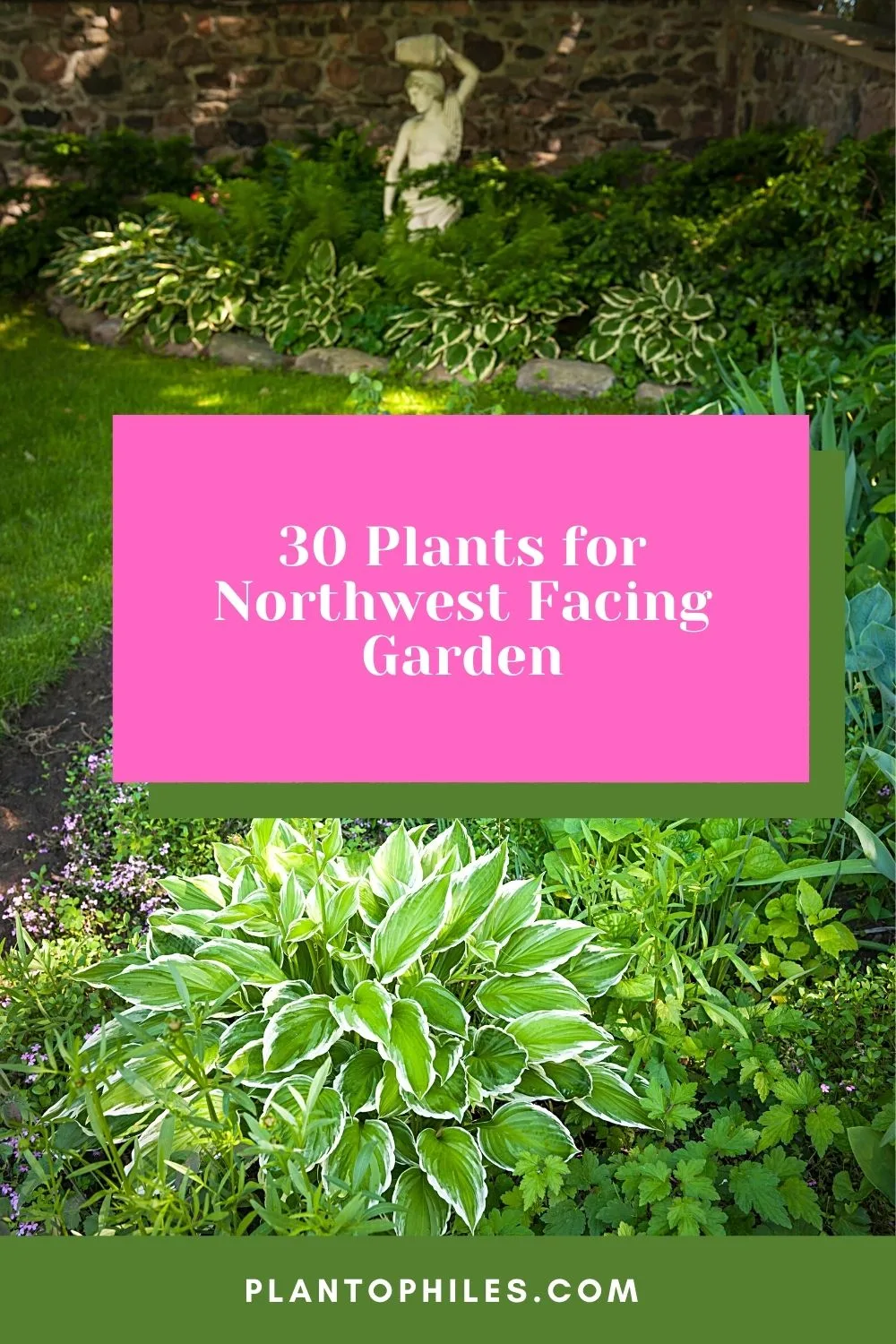
30 Plants for Northwest Facing Garden
Table of Contents
Plants for Northwest Facing Garden
1. Azara Serrata (Saw-toothed Azara)
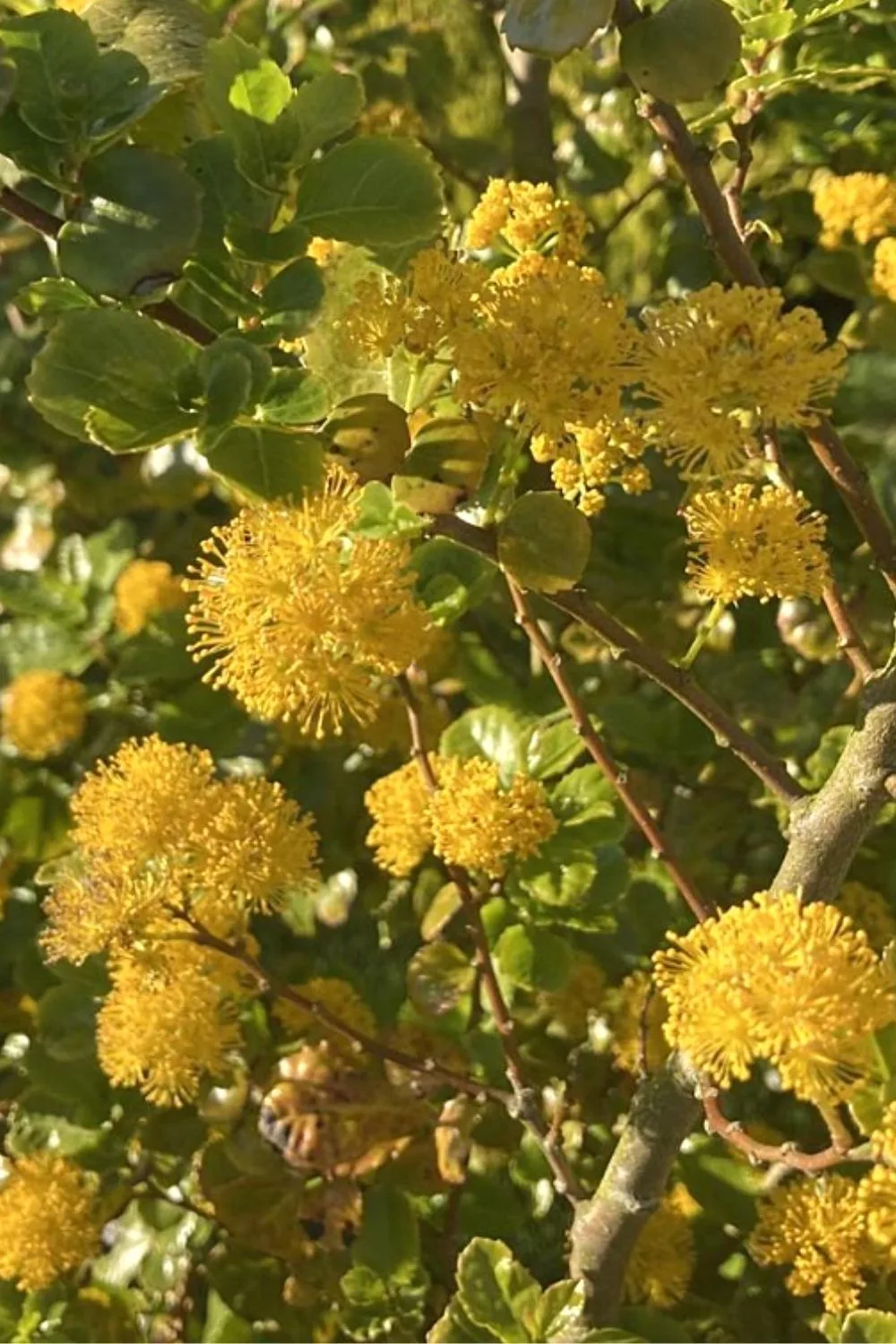
Photo Credit: @christianplantsman on Instagram!
If you have a wall in your garden that gets the least daylight, Azara Serrata is your go-to plant.
Because this plant manages well in the shade and doesn’t require much sunlight, planting it in your garden can be one of your best gardening decisions.
Azara is the happiest plant you will see in a shady and sheltered place. It produces leaves dark green in color, which have spiky edges.
Due to this reason, another name for this plant is saw-toothed Azara.
In the season of spring and summer, massive clusters of yellowish flowers will grow on the stems, giving them a mesmerizing appearance.
You do not need to be worried about the soil, as this plant has a great tolerance for many kinds of soil. All you need to ensure is that you water it abundantly from time to time.
2. Cyrtomium Falcatum (Holly fern)
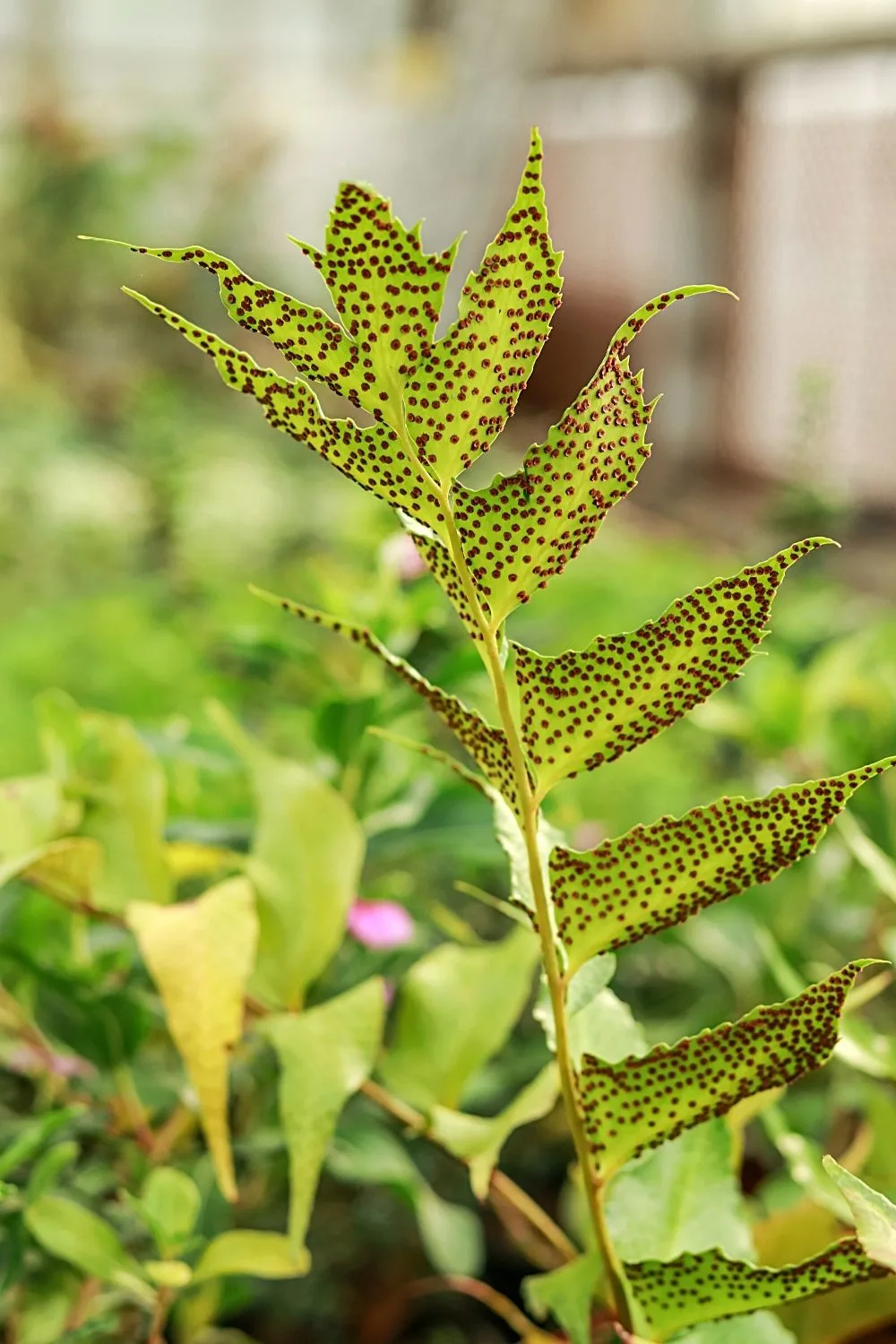
Cyrtomium falcatum (Holly fern) loves shaded areas, hence, it’s perfect to place on your northwest-facing garden
Holly Fern is another plant that loves shade and sheltered places, to the extent that its leaves burn if they are exposed to direct sunlight.
Therefore, it is perfect for your north-west facing garden. Ferns provide a variety of colors to your space, giving it a very vibrant look.
With its bright green leaves and minimal requirement for sunlight, ferns can be easily grown in a backyard or a garden.
3. Hydrangea Integrifolia
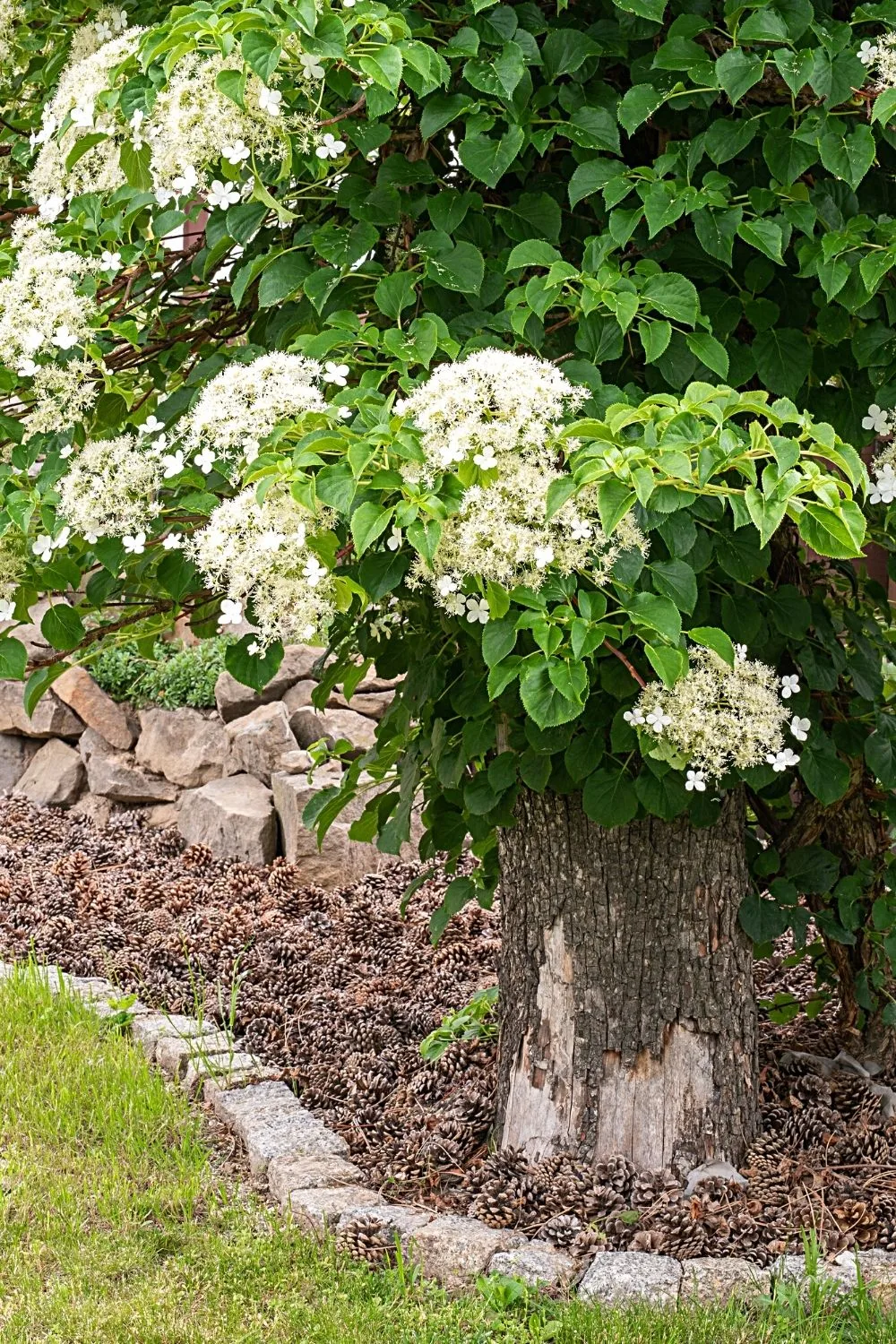
Hydrangea integrifolia wilt when exposed to direct sunlight, hence, it’s best to grow it in shaded areas like a northwest-facing garden
Hydrangea loves to cling to something, whether it is a tree, a vine, a railing, or a trunk. The fact that it can reach enormous heights when climbing on a vine gives it all its beauty.
It loves to remain in cool places, which is why it stays lush and green throughout the season.
Similar to many other plants, hydrangea leaves will begin to wilt if they are exposed to direct sunlight for a more extended period of time.
Water it with a spray bottle regularly, and you will not need to do anything else to keep this gorgeous climbing plant alive.
4. Osmanthus Delavayi
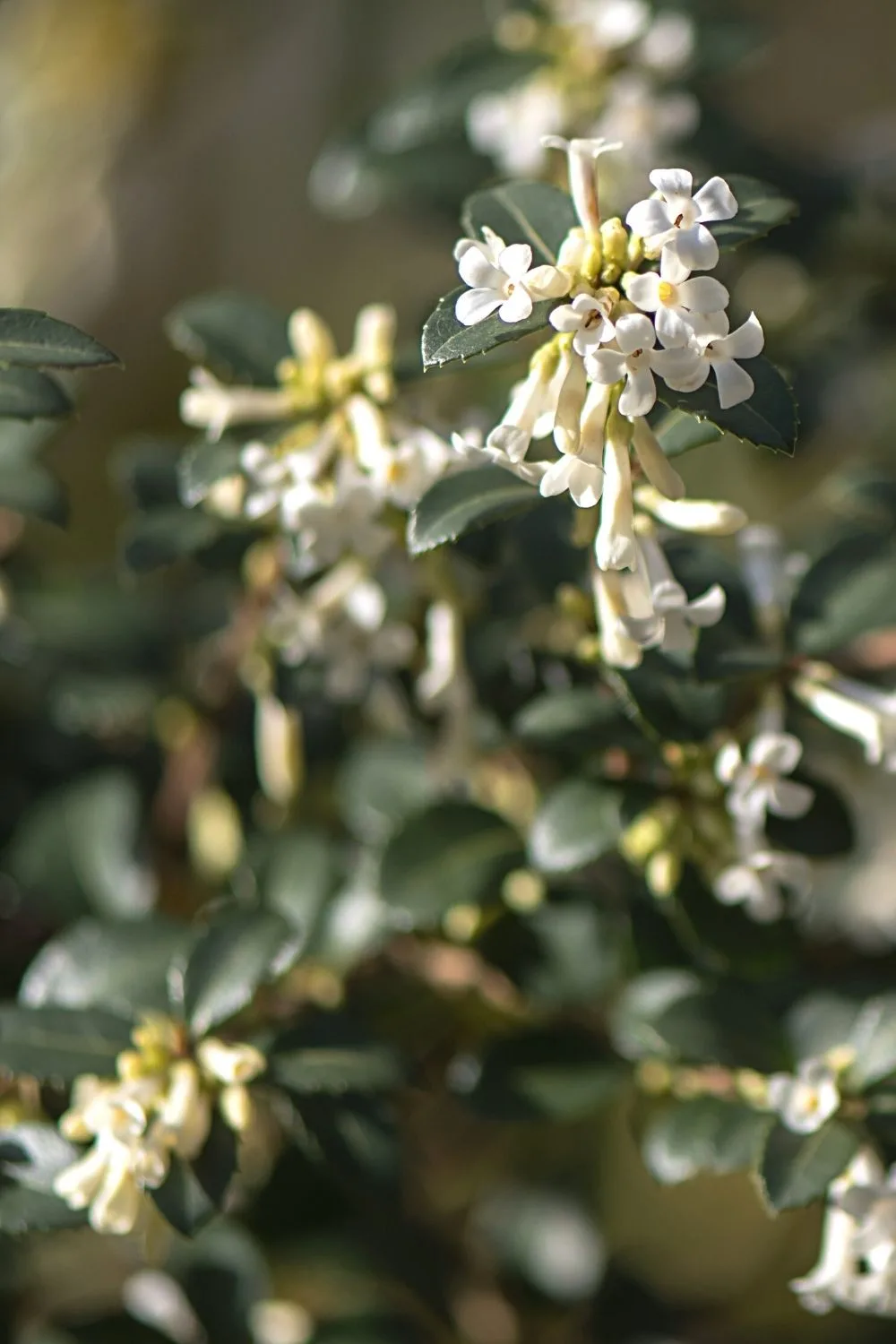
Even if Osmanthus delavayi receives only a few hours of sunlight in a northwest-facing garden, this plant will still thrive
This plant belongs to the olive family. With the few hours of sunlight, it will get when the sun is setting, this plant will thrive at its maximum capacity.
Moreover, this plant rewards you with small shiny white flowers that bloom in the month of April.
The scent of these flowers is irresistible, and you just will not get enough of these flowers.
5. Lathyrus Latifolius ‘White Pearl’ (Everlasting Sweet Pea)
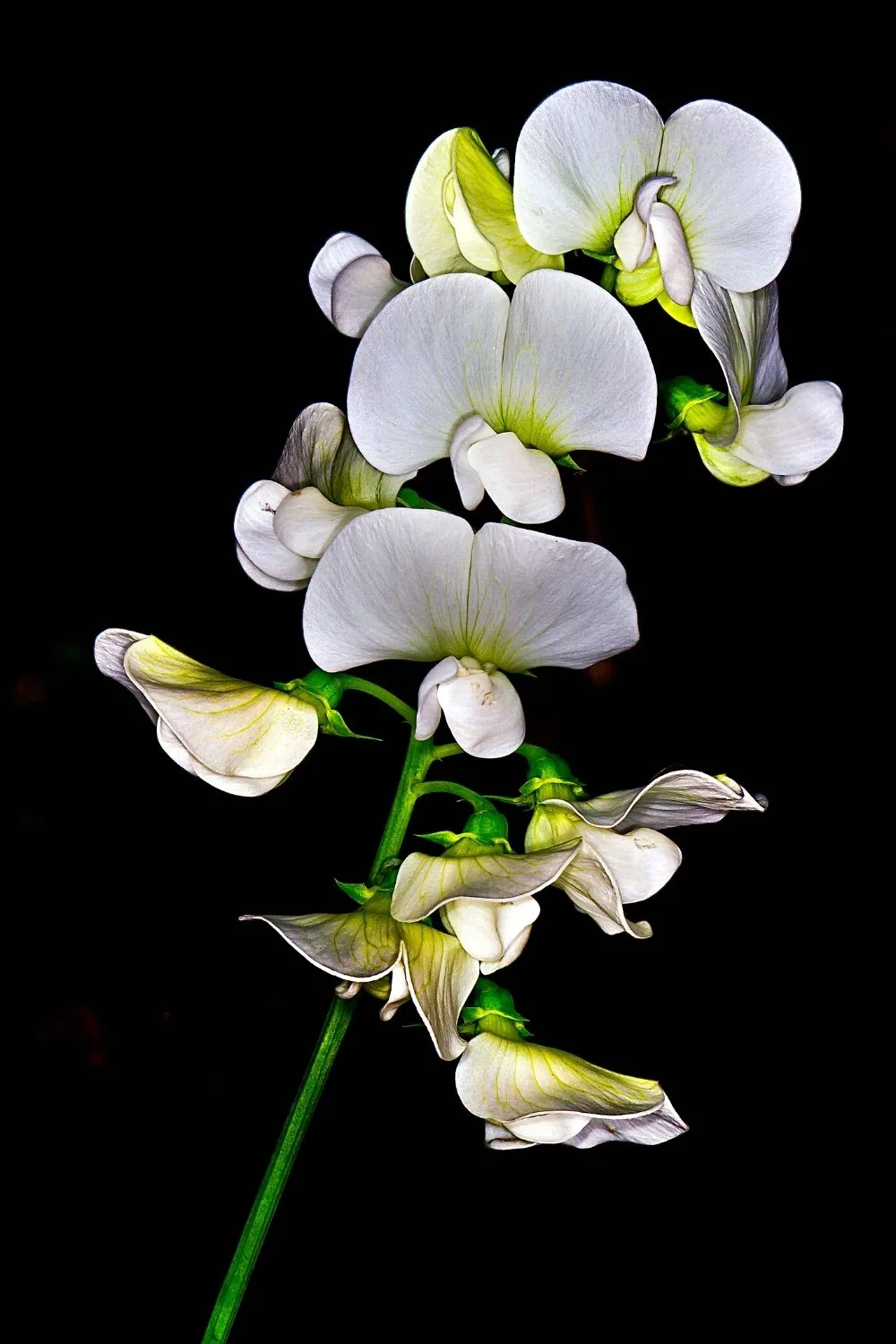
Lathyrus latifolius’ White Pearl’ (Everlasting sweet pea) grows the best when it’s planted in an area receiving sunlight in the afternoon
The best place to plant White Pearl is that section of your garden that gets the most sunlight when the sun is about to set.
This amount of daylight is perfect for these plants as they do not need much light for their survival.
They produce snow-white flowers that mostly bloom from the month of April till May. When you are taking care of the Everlasting Sweet Pea, make sure that nothing obstructs the route through which they get their daily dose of sunlight.
Maybe a large tree or a growing plant is coming in the way of your White Pearl, due to which they are not getting enough sunlight.
In this case, you can either trim the large tree that is serving as a barrier or simply move your plant to a better location where it can get the maximum amount of sunlight.
6. Tiarella cordifolia (Foamflower)
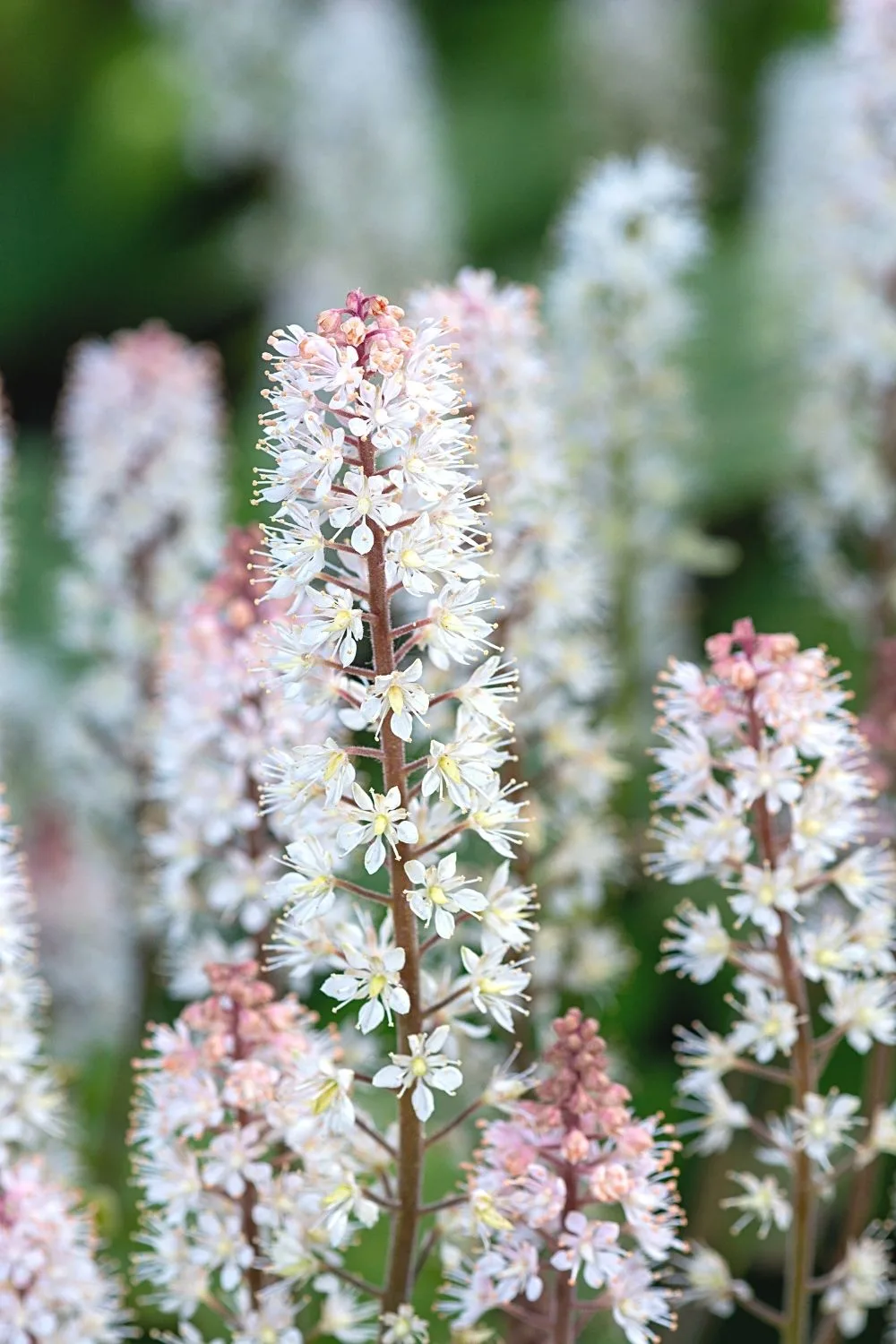
Tiarella cordifolia (Foamflower) thrives in northwest-facing gardens that receive 2 hours of direct sunlight
The Foamflower needs only one to two hours of direct sunlight every day, making it perfect for your north-west facing garden.
It offers flowers that have a star shape peak on the top, contrasted by white stripes on green leaves.
You can use highly moist and well-drained soil to grow this plant in your garden.
Moreover, you can always add a handful of hummus whenever you feel that your plant’s growth is stunted.
7. Heuchera (Coral Bells)
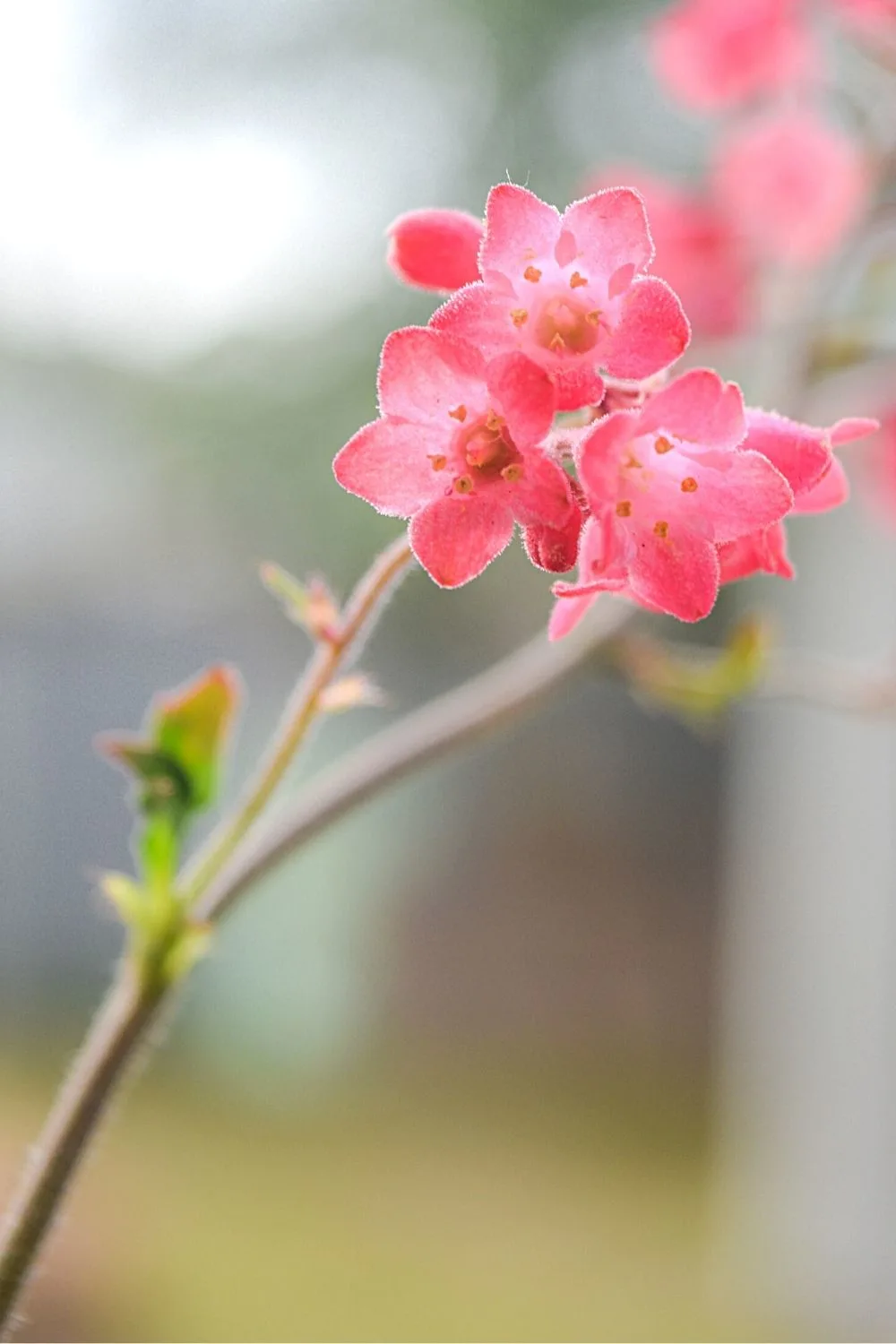
Heuchera (Coral Bells) is a low-maintenance plant that thrives best in northwest-facing gardens
Do not worry when you look at this magnificent plant; do not fuss about the care and attention it will require.
Regardless of how delicate and natural it looks, this plant is actually very easy to maintain.
It will sustain itself through days of not being watered, can thrive in full or partial shade, and most importantly, you do not have to worry about fertilizing it every once in a while.
Also known as Coral Bells, this plant is a perennial that offers you brilliant purple-colored large flowers.
8. Digitalis (Foxglove)
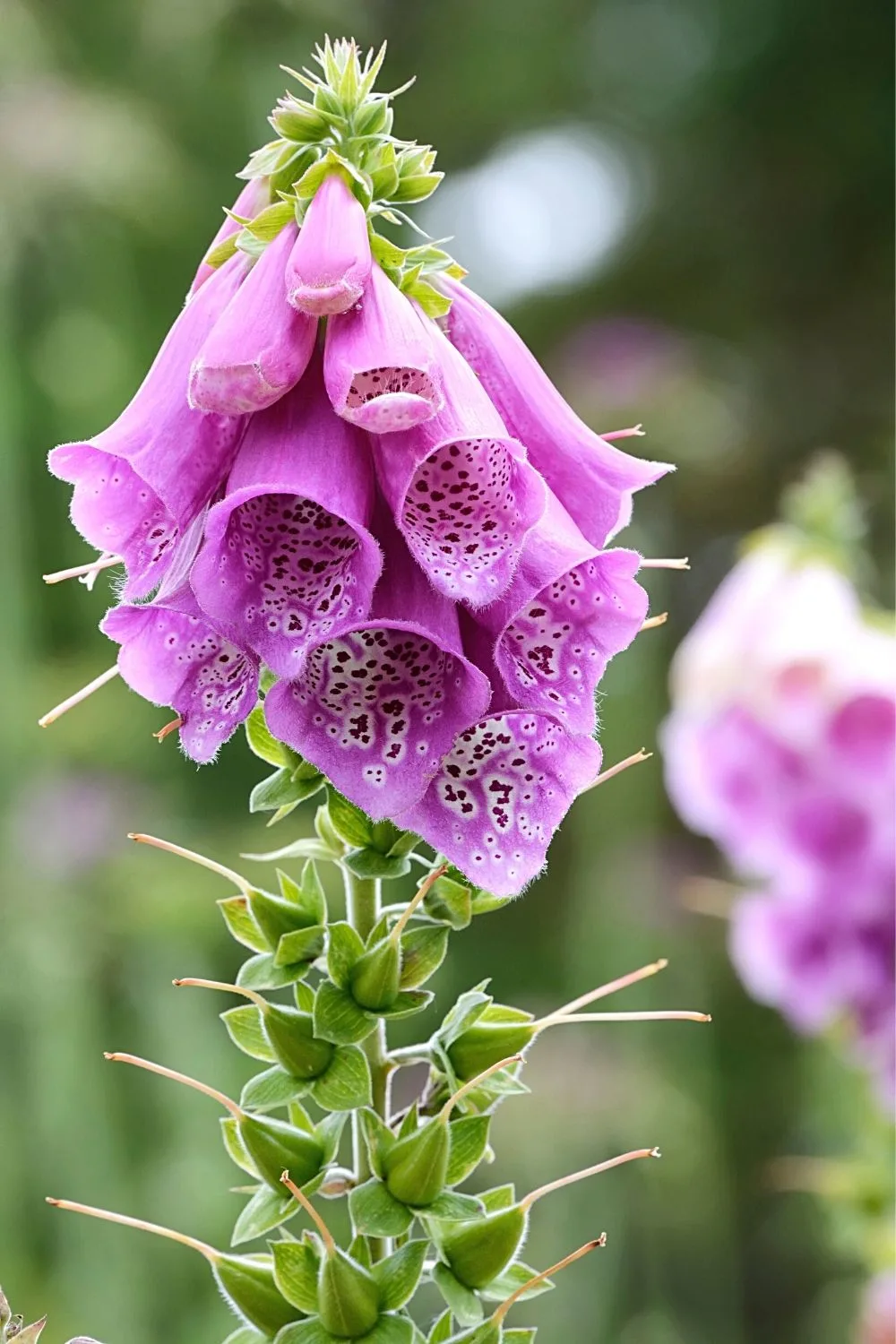
The Digitalis (Foxglove) flowers give your northwest-facing gardens an exotic look
Foxglove is quite a unique name for a plant. Well, the features of this plant are as special as its name.
It produces trumpet-shaped flowers that give your garden a beautiful and exotic look.
Moreover, these flowers are pink or sometimes purple in color, which adds even more beauty to their unique shape.
To grow this plant in your garden, you will need a rich and loamy soil. Make sure that you don’t water your plant in excess; doing so will result will rotten roots and cause infections.
9. Astilbe
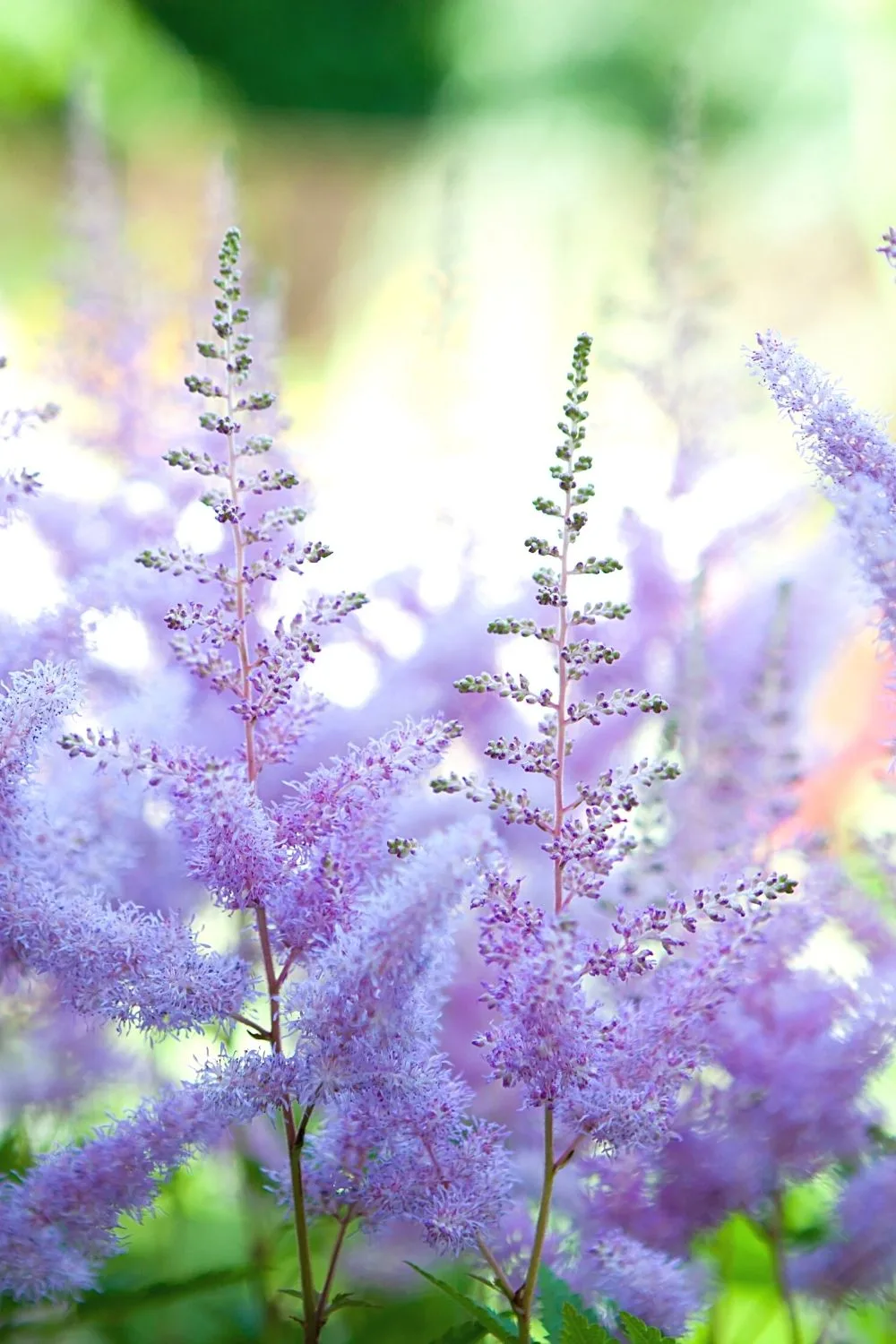
Astilbe is a plant that thrives in 1-2 hours of indirect sunlight, which the northwest-facing gardens are known to receive
Astilbe is an excellent choice for your north-west facing garden because. Unlike many other plants, this does not need six to eight hours of sunlight every day.
Even if you provide this plant with one to two hours of indirect light every day, it is sufficient. Hence, Astilbe’s also a great addition to your northeast-facing garden.
Another reason you should have this plant in your garden is the color, texture, and beauty it adds to your dark and exotic space full of plants.
Fertilize it once a month with a slow-release fertilizer for best results.
10. Lamium Maculatum (Dead Nettle)
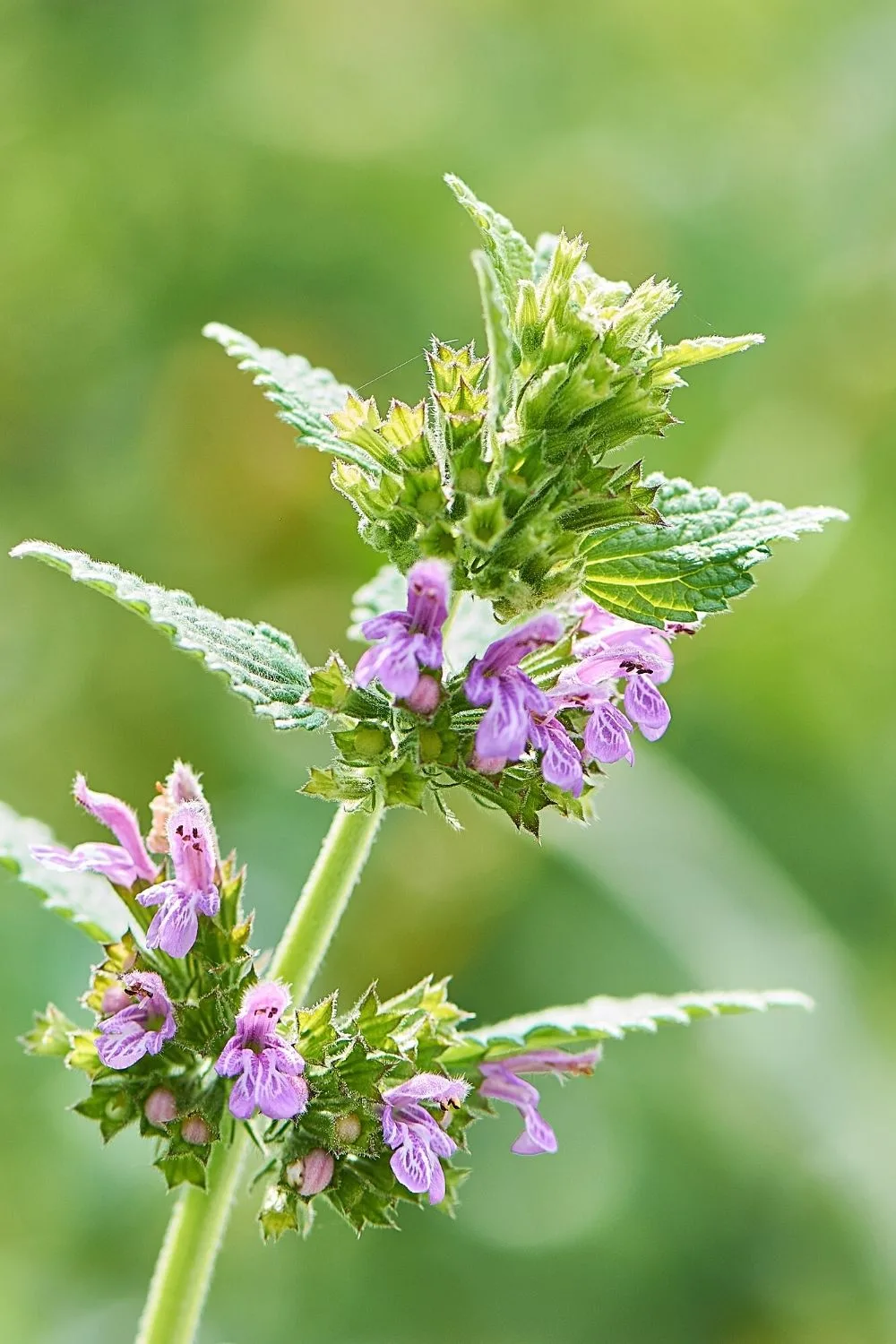
Lamium Maculatum (Dead Nettle) loves the northwest-facing gardens as it thrives in shady areas most of its life
Lamium Maculatum, also known as spotted dead nettle, is a perennial plant that loves to be kept in the shade for almost its entire life.
It grows rapidly and reaches a height of about 9 inches within no time.
This plant is also drought tolerant, which makes it a perfect choice for you to plant in your north-west facing garden.
11. Pulmonaria (Lungwort)
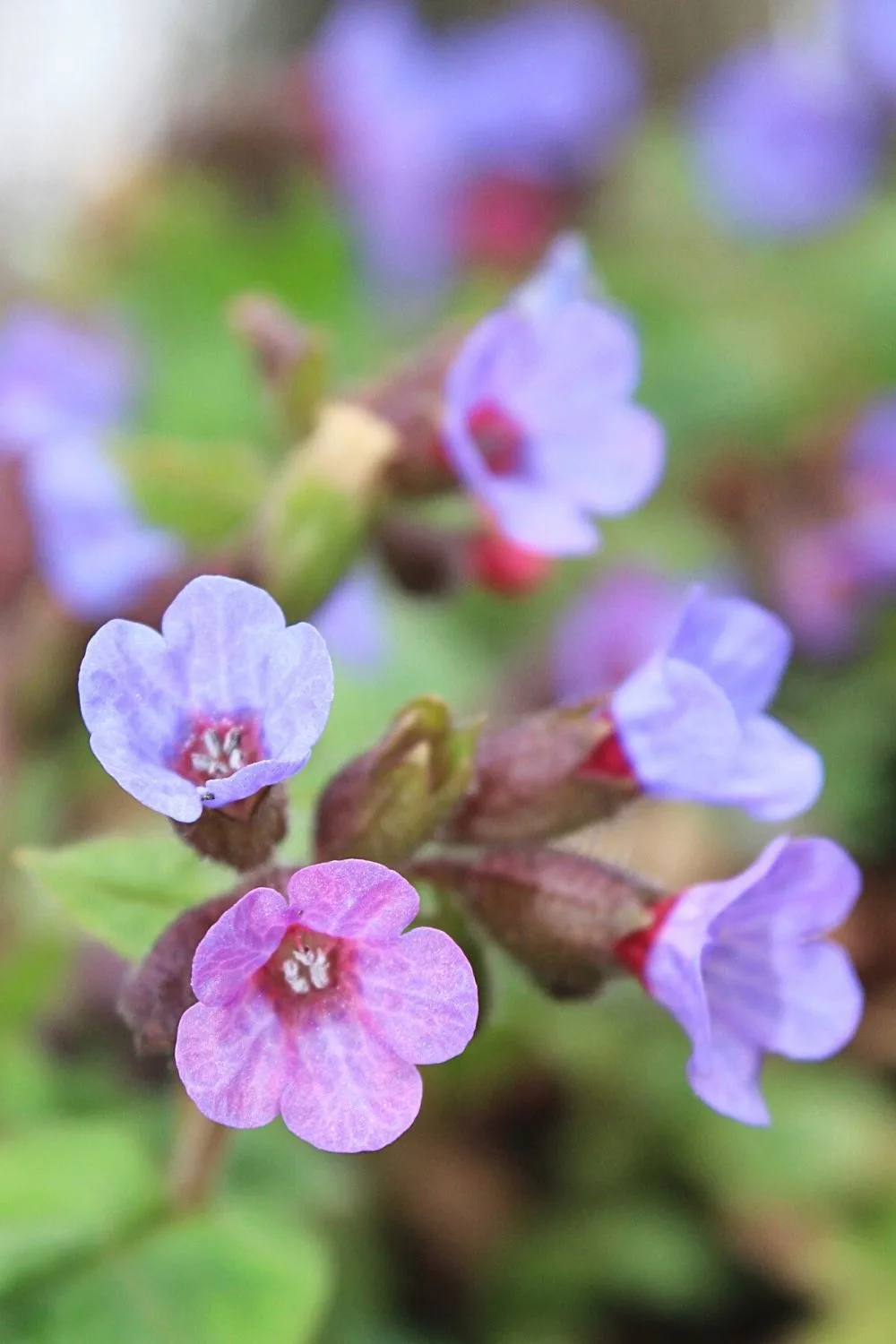
Since Pulmonaria (Lungwort) is a forest plant, it can survive in areas receiving indirect to no light like the northwest-facing garden
The native habitat of this plant is the forest. Therefore, you do not have to worry about giving this plant enough sunlight.
It will thrive in the absence of light and in the presence of indirect light.
This plant is also known as lungwort because it bears flowers that have the shape of a lung.
Also, as weird as the name of the plant sounds, you will be delighted with the rapid growth and beautiful coloration of its flowers.
12. Alchemilla (Lady’s mantle)
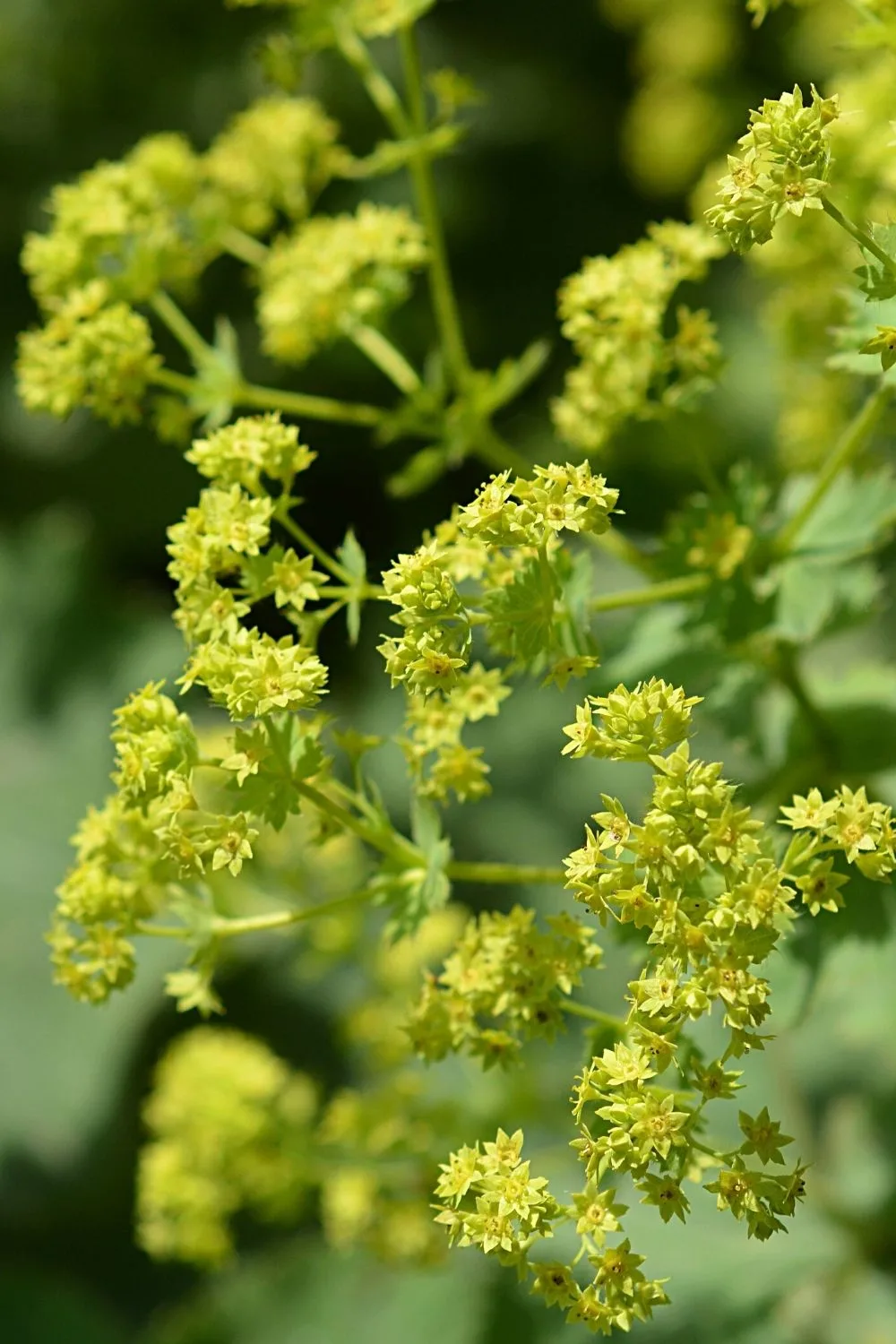
Alchemilla (Lady’s mantle) are known to grace northwest-facing gardens with their colorful yellow flowers
Do not worry if you have a northwest-facing garden in your because Even though it is not going to the ideal amount of sunlight, you still have plenty of options for growing plants in your garden.
Alchemilla, also known as the Lady’s Mantle, is a perennial plant that produces small yellow-green flowers in the season of spring and early summer.
13. Albéric Barbier (Rambling Rose)
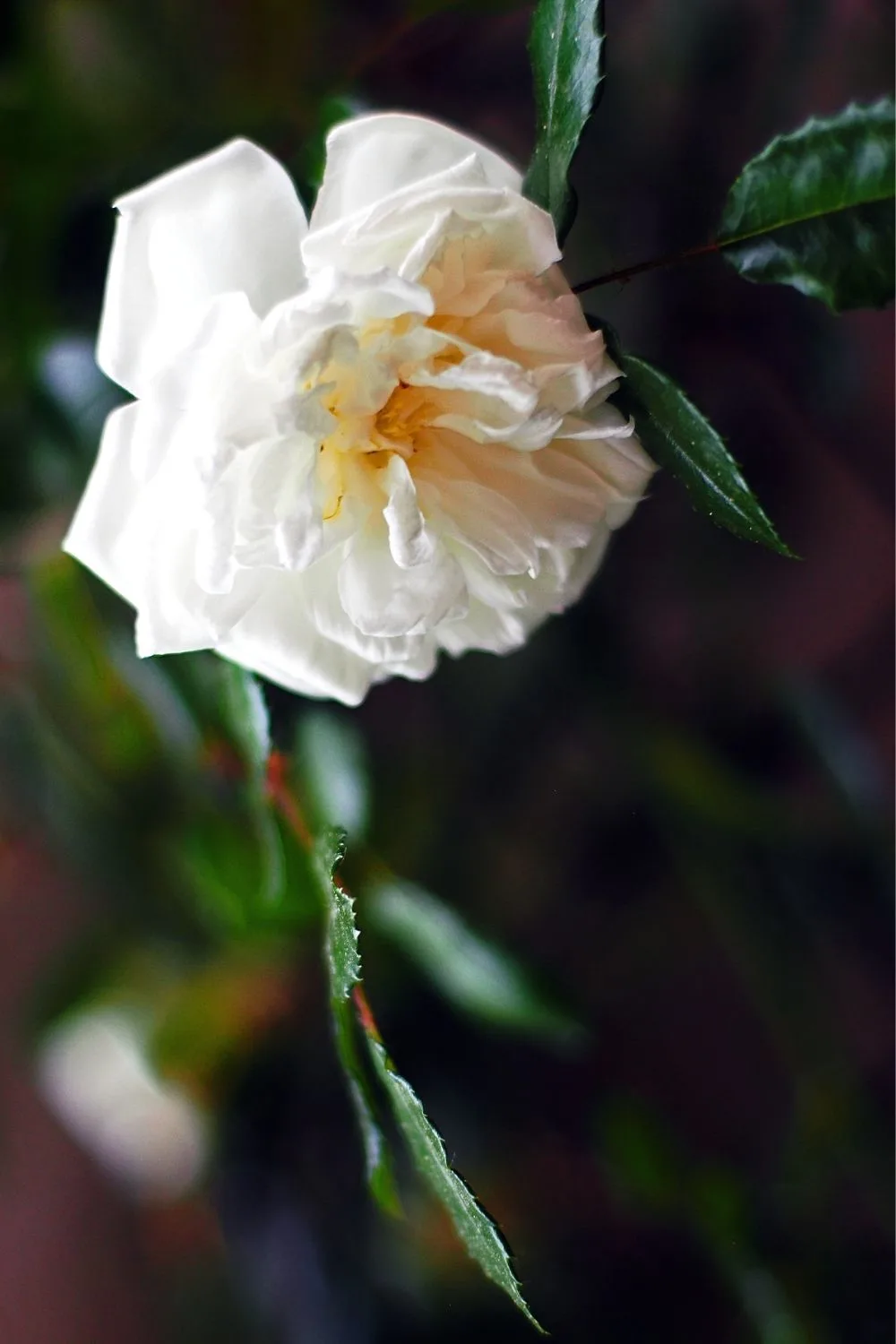
Albéric Barbier (Rambling Rose) grow white blooms with peach-ish centers, perfect for a touch of pastel in your northwest-facing gardens
Everybody wants to have a rose plant in their garden. Imagine waking up glancing at your garden and seeing white roses blooming, a sight to behold.
This plant offers white roses with a peach-ish center. Moreover, if you grow it in the shape of a climbing vine, it will soon adapt to its new form.
Grow it in a well-enriched soil infused with organic matter, and you will see the results for yourself.
14. Virginia Creeper
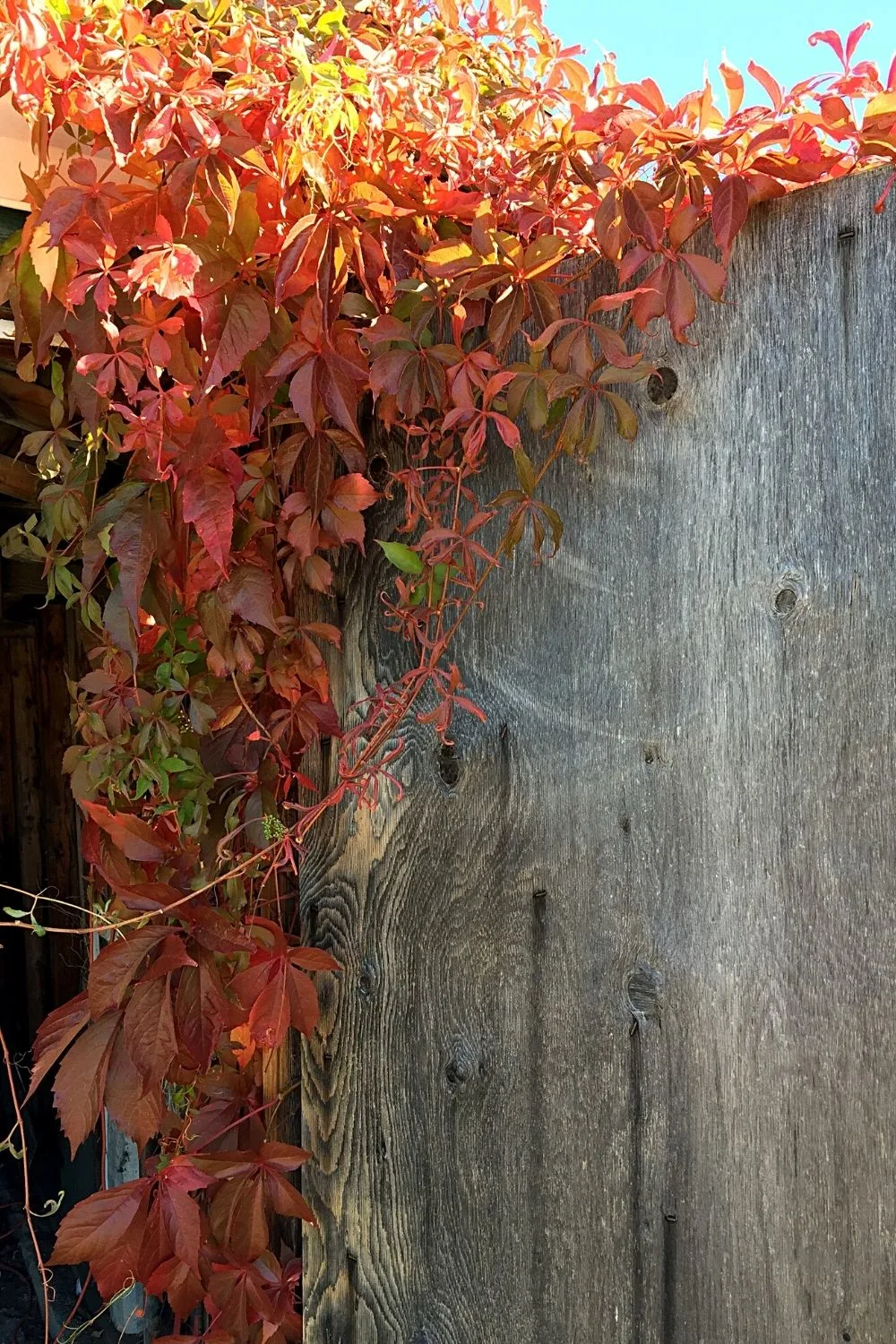
Virginia Creeper is another low-maintenance plant that you can grow in your shady northwest-facing garden
Since the plants in your Northwest garden are not going to get sunlight for the entire day and will only receive a moderate amount of the sun when the sun rises and when the sun is setting, you need to be careful about what you are planting in your garden.
Virginia Creeper is happy with any kind of soil you will provide. It requires minimal attention, and you do not have to worry about this plant getting infected by any insect.
If you want to take extra care, simply wipe the leaves with a damp cloth every once in a while.
15. Verbena bonairiensis
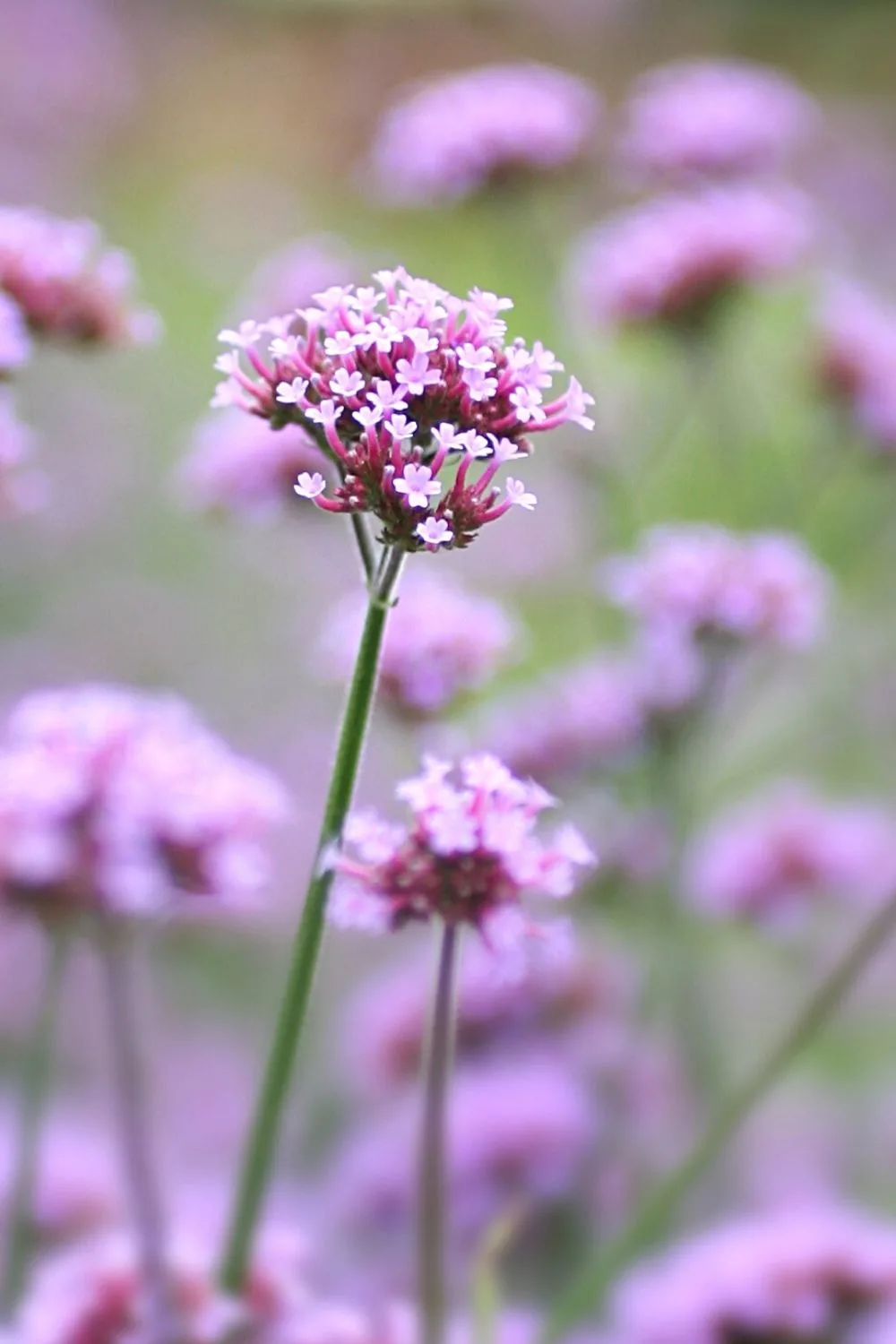
Verbena bonairiensis thrives in northwest-facing gardens as it can tolerate the morning shade and use the afternoon sun to its maximum capacity
This plant is known for tolerating the morning shade and using the afternoon sun at its maximum capacity.
Perfect to grow in a north-west facing garden; this plant has very tall stems on which it bears clusters of tiny flowers that are light and sometimes dark purple in color.
For this plant, it is best to have soil that is abundant in nutrients and contains fibers of sand or coconut.
The soil should have an excellent permeability so that it’s easier for the water to reach the roots and avoid rotting the roots.
Moreover, it should also be kept in mind that the Verbena bonairiensis can tolerate an acidic to a neutral pH soil; therefore, it is best to maintain the pH between 5 to 7.
16. Phlox paniculata
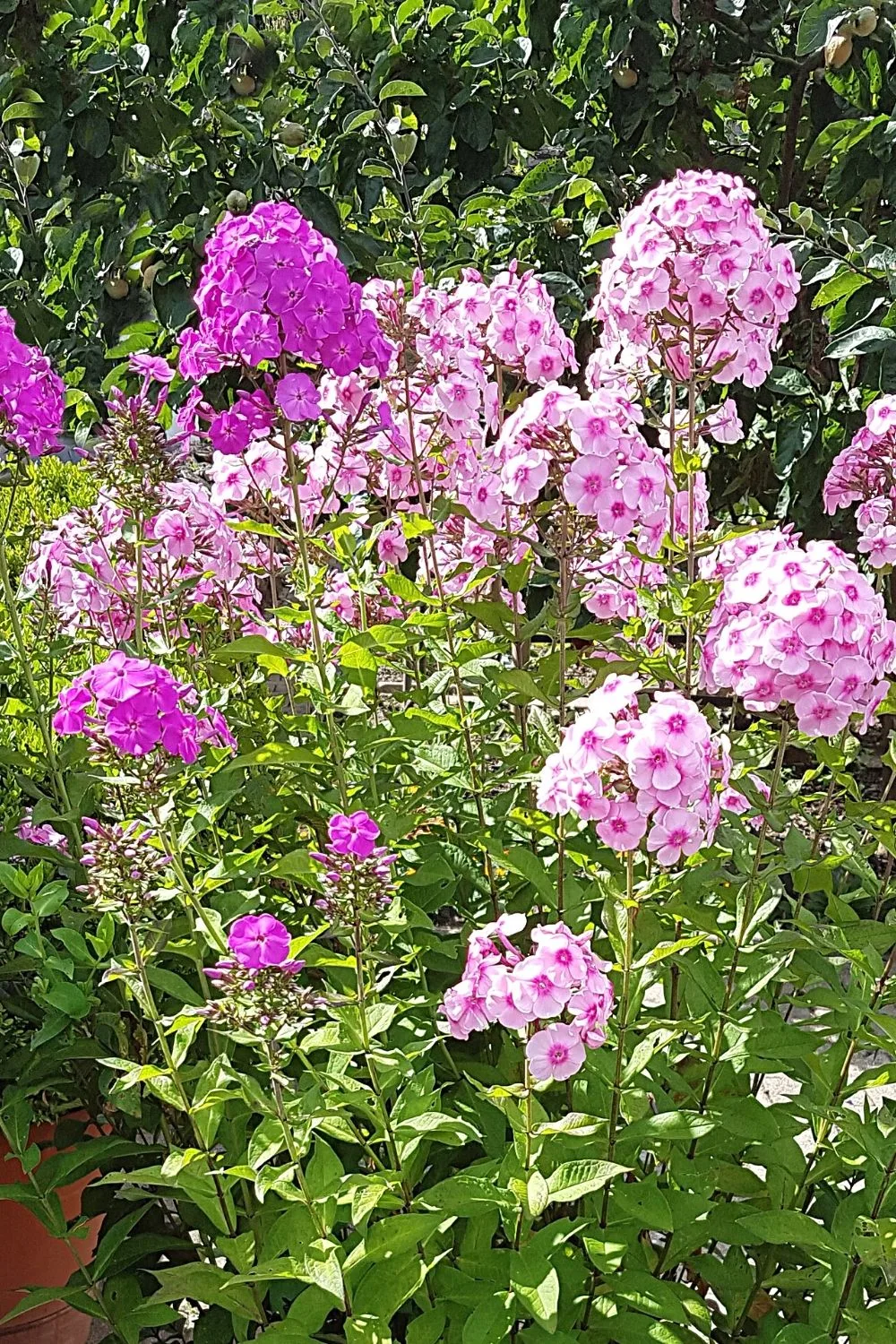
Known for its dark and fragrant aroma, the best place for Phlox paniculata to grow in is in northwest-facing gardens, particularly at the edge of the garden windows
Phlox Paniculata has a dark and beautiful aroma that you do not want to waste. Therefore, the right place to grow this one-of-a-kind plant is at the edge of your garden windows.
This way, the aroma will find its way directly into your living space, giving it a very fresh and delicate vibe.
If you are taking care of this plant, ensure that you are not watering it excessively.
If you do so, you will realize that the roots of your plants have started to rot, and the leaves are losing their crispness—only water your plant when the soil is dry to your finger’s slight and gentle touch to save it from root rot.
17. Elder tree
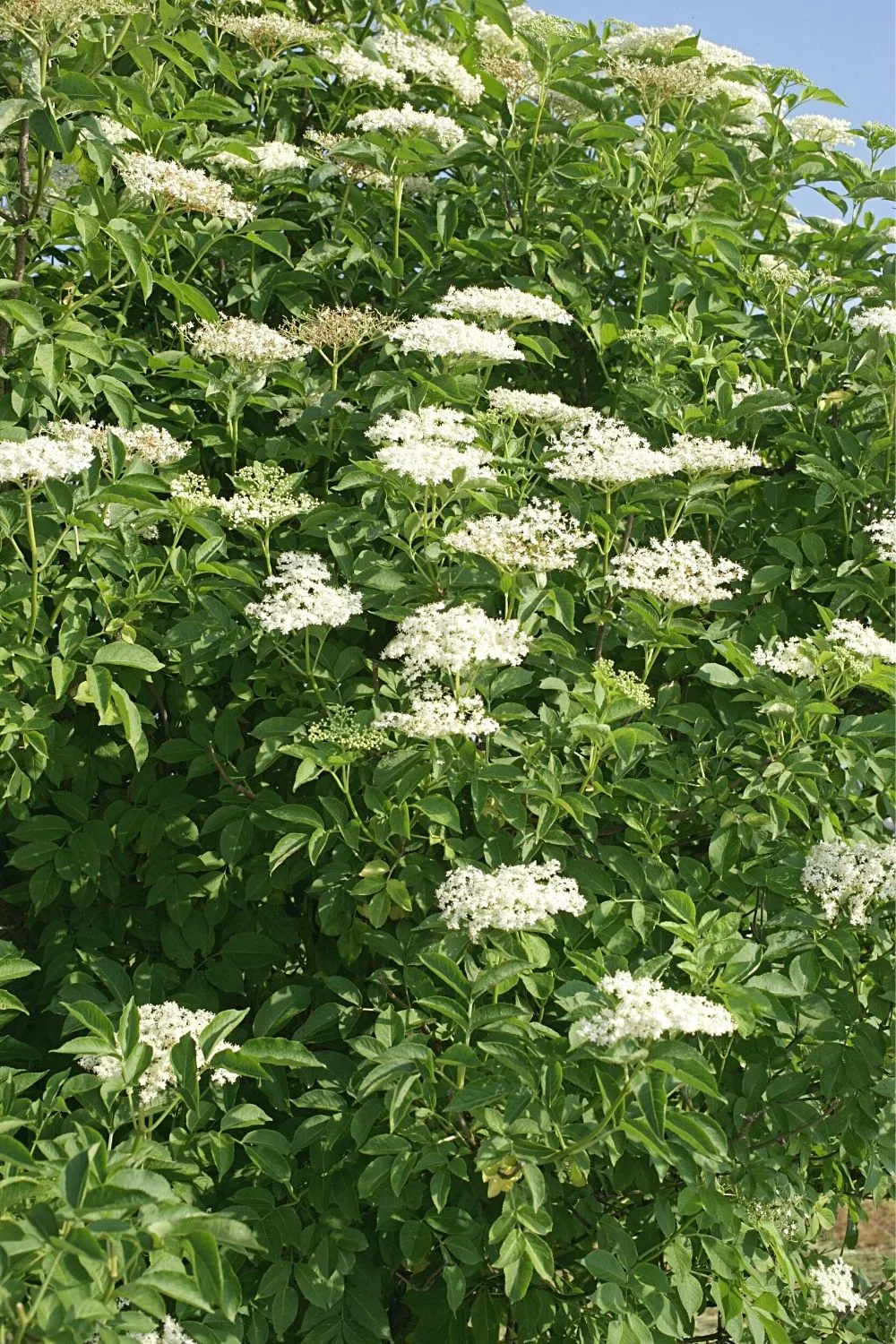
Elder tree is a great shrub you can grow in your northwest-facing garden
Elder tree grows like a shrub in your garden. It requires minimal attention and care to thrive; however, if you live in a very dry region of the country, you may need to keep a check on the watering status.
Your plant may become extremely dry very soon, and in this case, you will need to be cautious about watering it on time.
18. Camellia Japonica
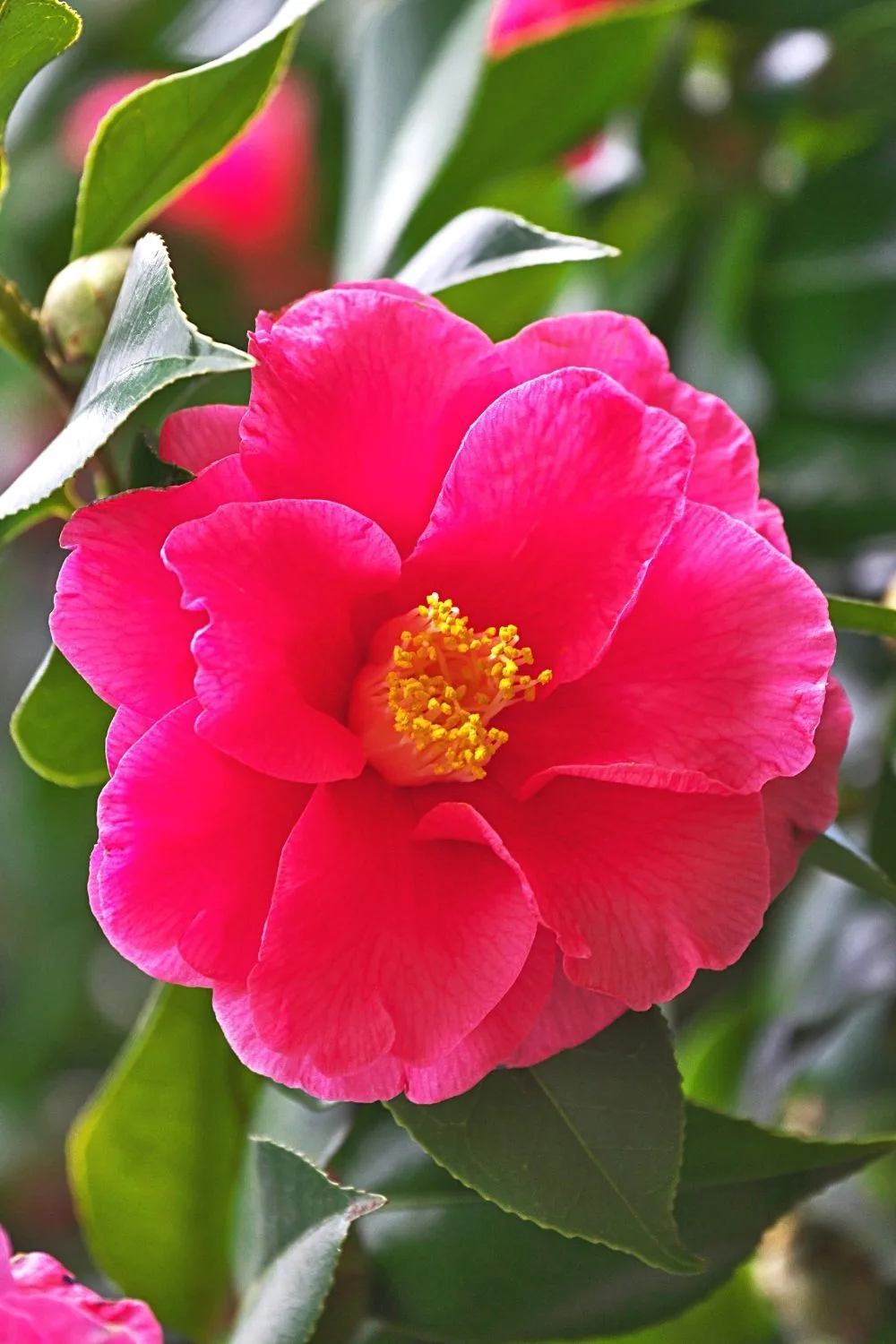
Camellia japonica loves growing in partial or full shade, which is what you can find in northwest-facing gardens
Camellia Japonica usually grows naturally in Japan, Korea, and China. It enjoys little sunlight and thrives in partial to full shade.
If you want to grow it in your garden, do so in a spot where it can at least get sunlight for one hour per day.
As for your plant’s soil, make sure that it is well-drained, loamy, and rich in organic matter.
19. Phemeranthus Calycinus (Fameflower)
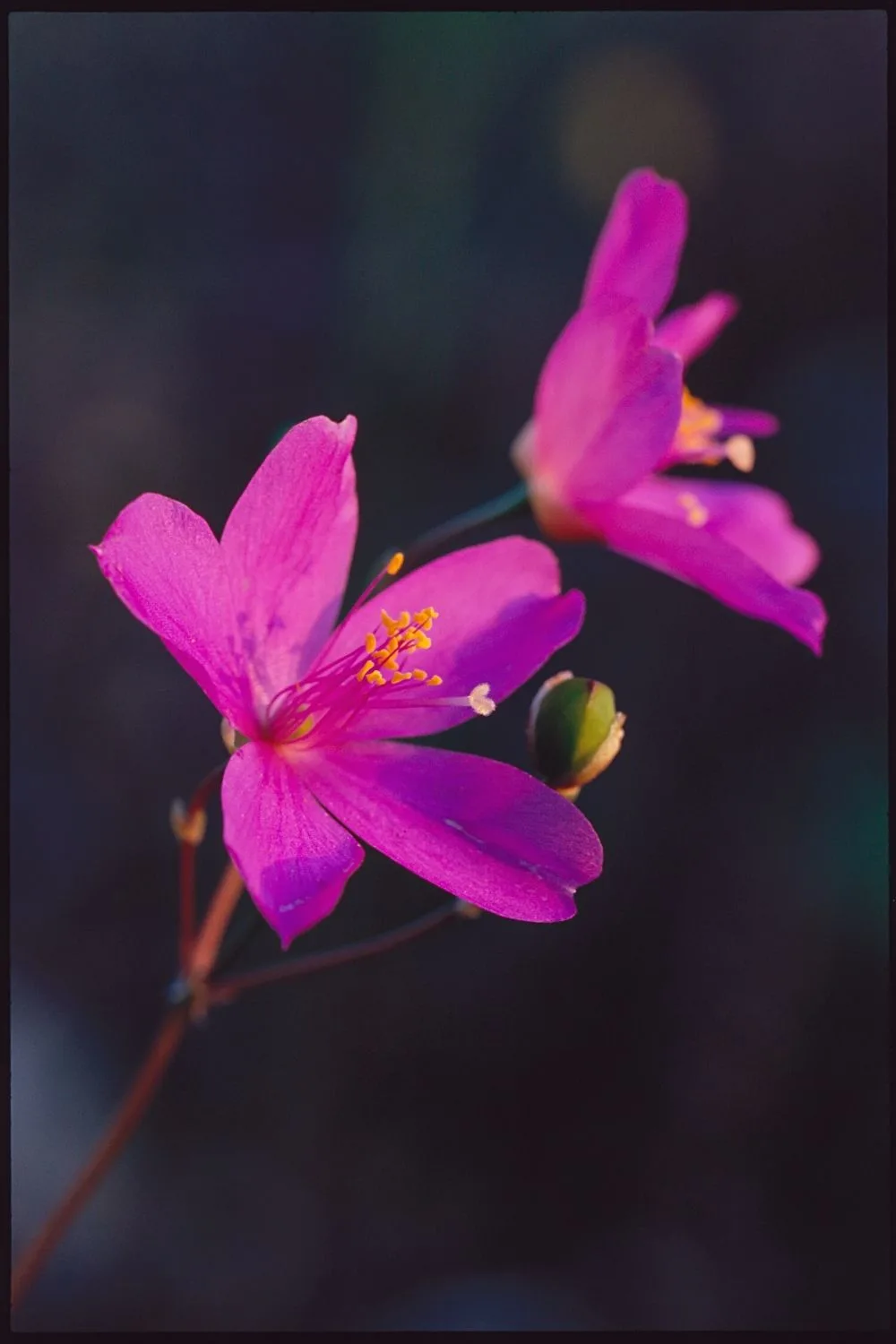
Phemeranthus calycinus (Fameflower) opens its flowers late in the afternoon to catch more sunlight from your northwest facing garden
You are at an advantage if you are growing Fameflower in your north-west facing garden.
This is because when this plant really needs sunlight and finally gets it when the sun is setting in the afternoon, it opens its flowers to maximize the intake of the daylight inside the flower.
This is beautiful scenery to witness with your eyes, and it makes you want to relive the whole thing again.
Fame flower produces rose-violet or sometimes rose-red flowers. Another distinguishing feature of this plant is that it has a dark yellow stem, through which you can spot it from a distance.
20. Tulips
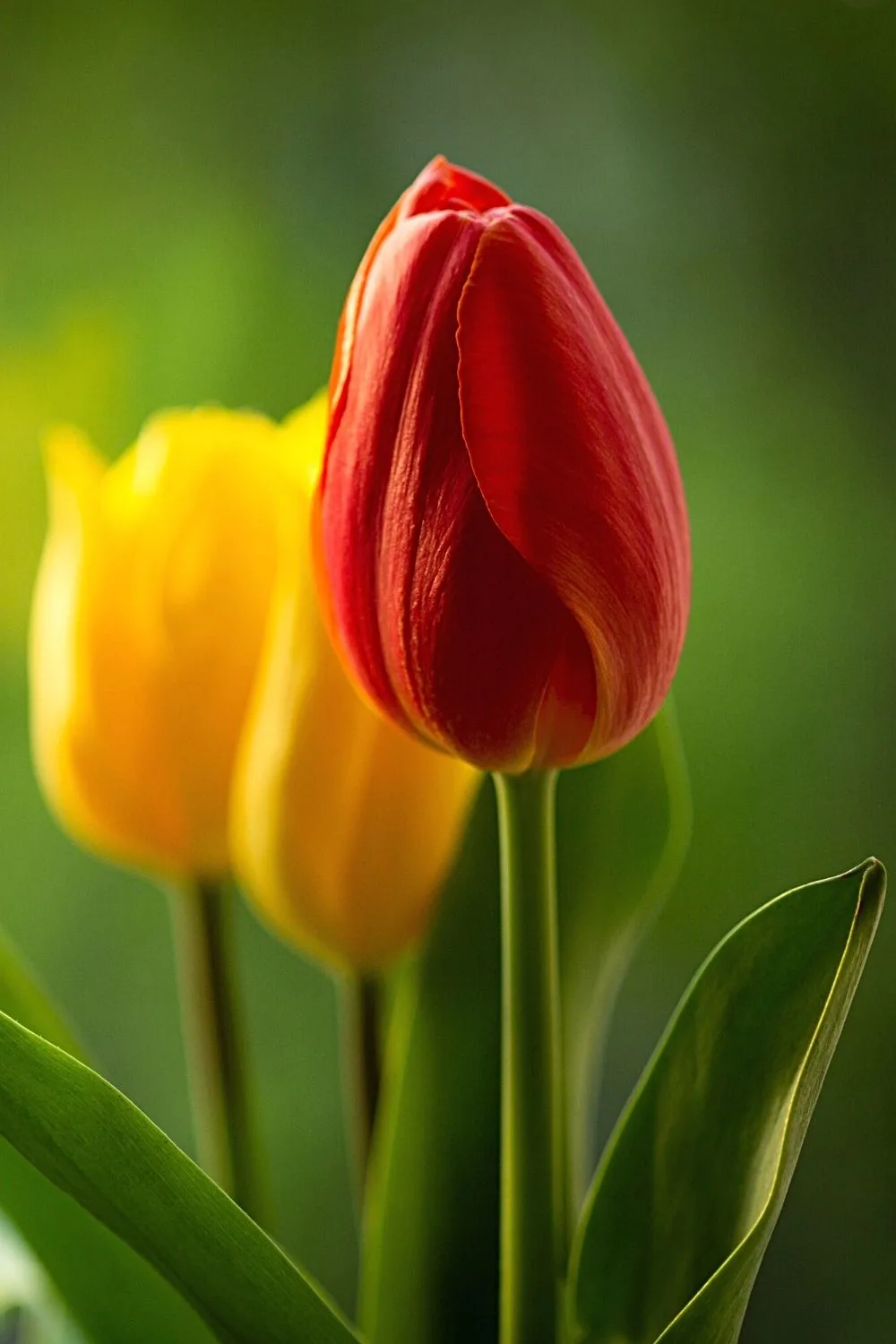
Tulips are another colorful plants you can grow in your northwest facing garden
The best time to plant tulips in your garden is during the autumn season, and you will see tulips blooming gloriously in your garden in the spring season.
Tulips come in a lot of colorful varieties, giving you plenty of options to choose from.
You should always use soil with medium moisture to plant your tulips. Make sure your soil is well-drained and free of excess water.
21. Jasmine
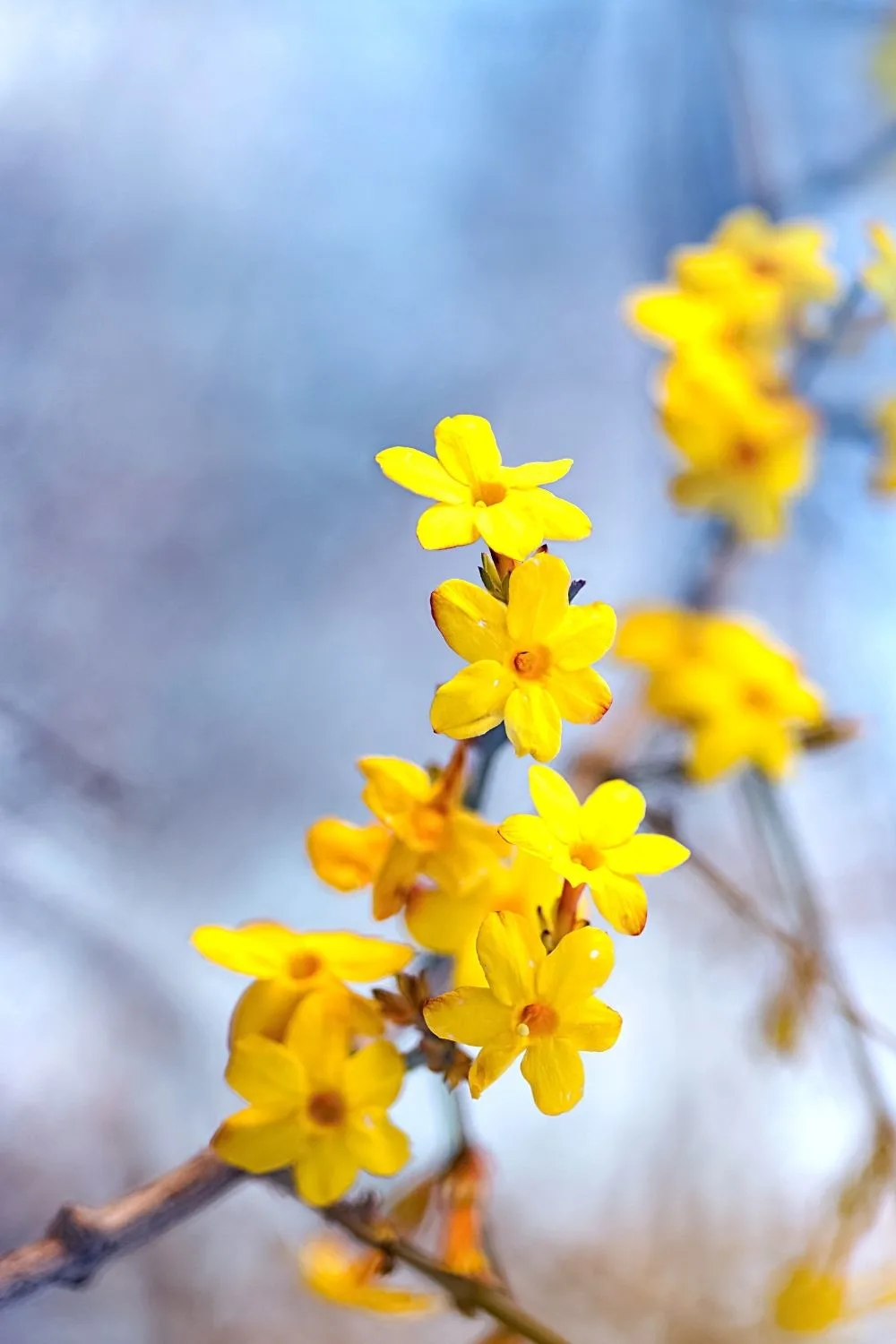
Jasmine, particularly Winter Jasmine, thrive in northwest-facing gardens
Winter jasmine would be ideal for a northwest-facing garden. Plant it in a pot full of soil mixed with compost of hummus.
Doing this will ensure the right quality of soil for your plant.
Moreover, fertilize your jasmines with a slow-release fertilizer every two weeks so that the growth of your plant is sustained.
22. Daphne
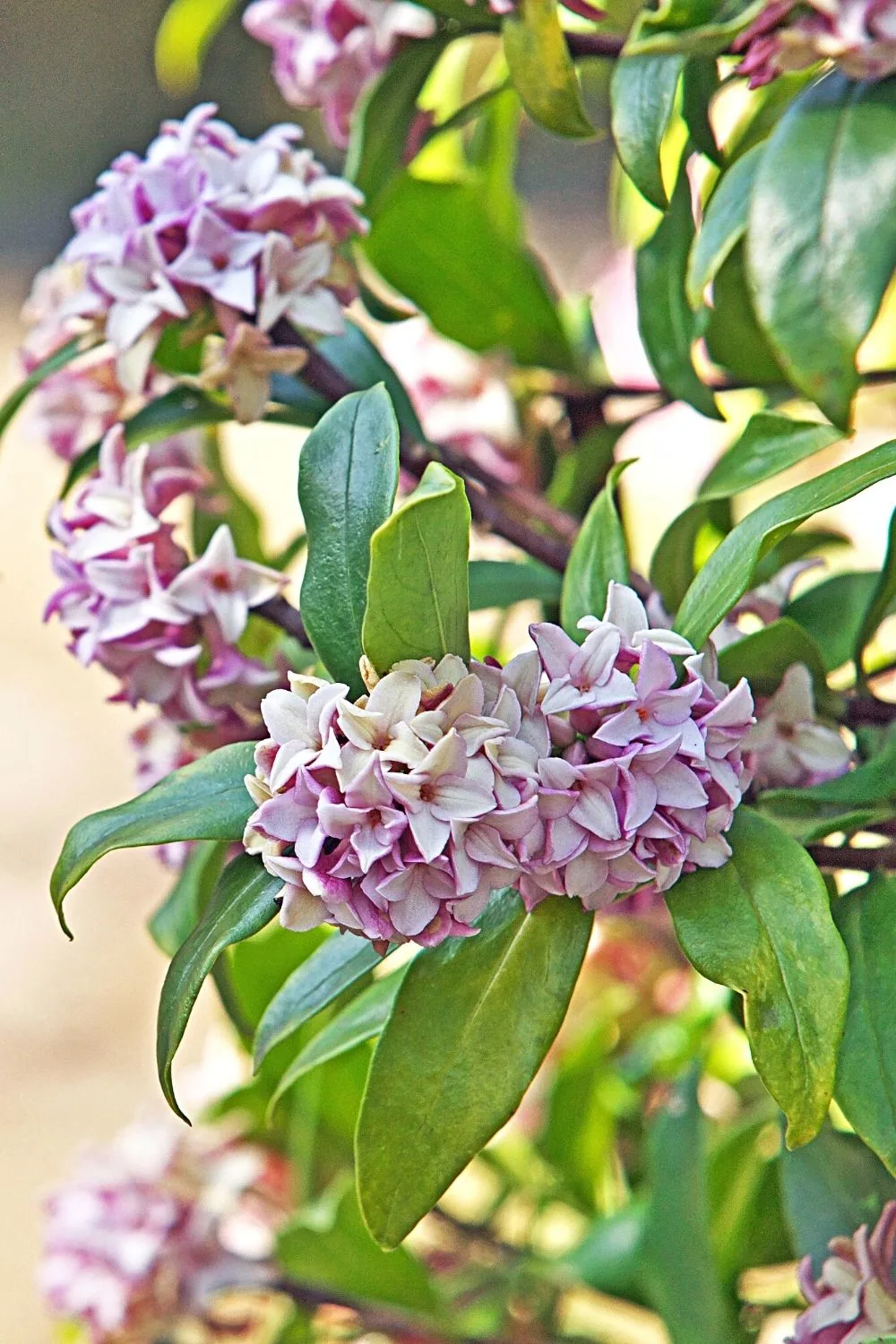
Daphne offers plenty of variety options that you can plant in your northwest facing garden
Daphne is one of those plants that come in a great variety and gives you a number of options to choose from.
Daphne Odora blooms later in winter and produces a cluster of flowers on its long stems.
Daphne Cneorum grows very slowly, making it ideal for gardens where no regular care and watering schedule is ensured.
Daphne Burkwoodii is a deciduous plant that grows at varying rates, depending on what region and country you live in.
As for the soil, make sure that you give your Daphne well-drained soil, as it will be reduced to a clumsy bunch of leaves if you do not ensure the quality of the soil it requires.
23. Penstemon (Beardtongue)
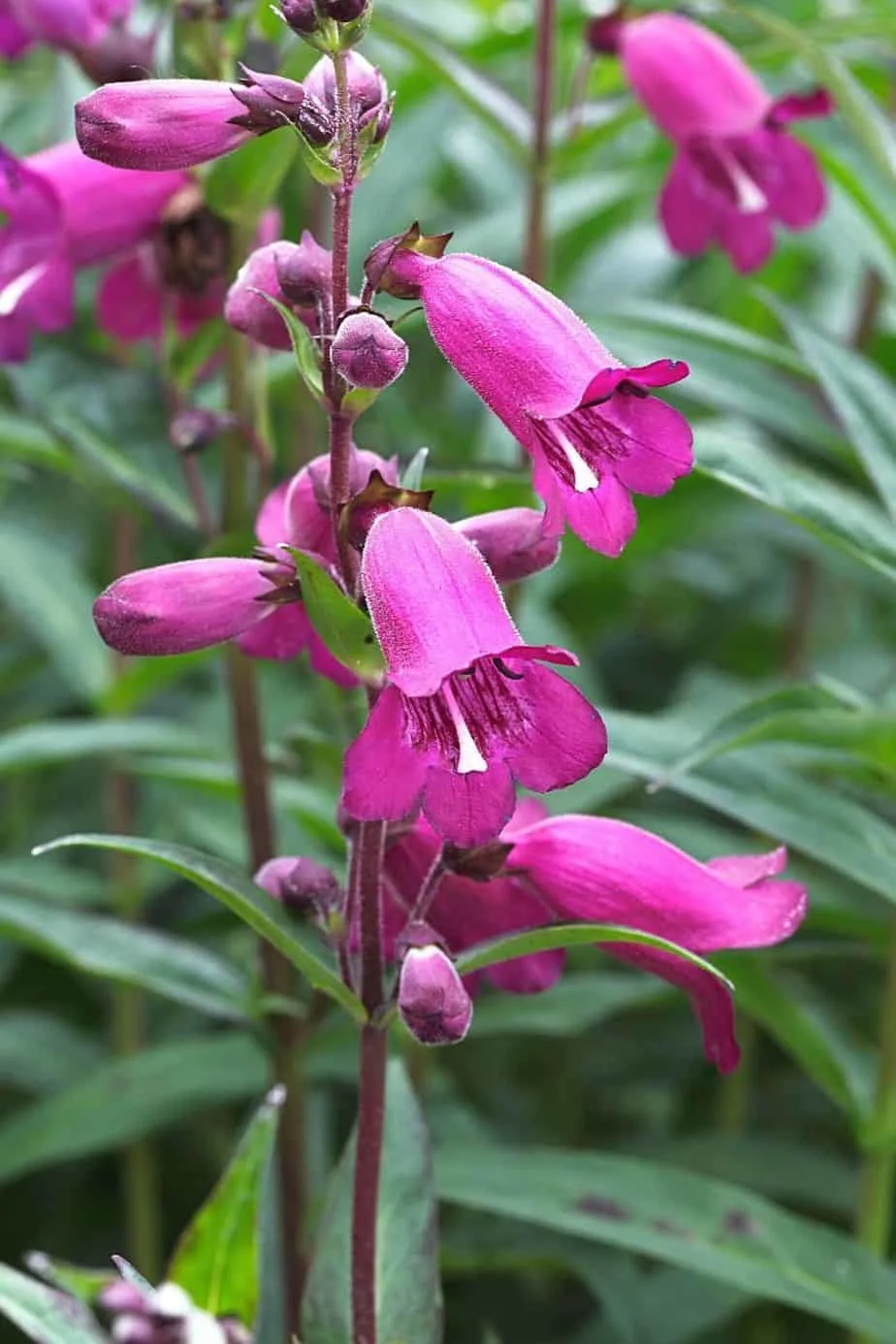
Penstemon (Beardtongue) thrives in 4 hours of sunlight and 4 hours of shade, which you can only find in northwest facing gardens
Suitable for four hours of shade and four hours of sunlight, Beardtongue is ideal for your garden if you can give it at least four hours of sunlight in the late afternoon.
This plant comes in a number of colors which include green, blue-green, dark purple, pink, lavender, and bold red.
Penstemon requires alkaline soil, which means that its pH should be more than 7. To make your acidic soil more alkaline, you can add crushed lime, dolomite lime, or garden lime.
This will turn your soil alkaline, making the soil texture much better for the growth of your plant.
24. Campanula (Bellflower)
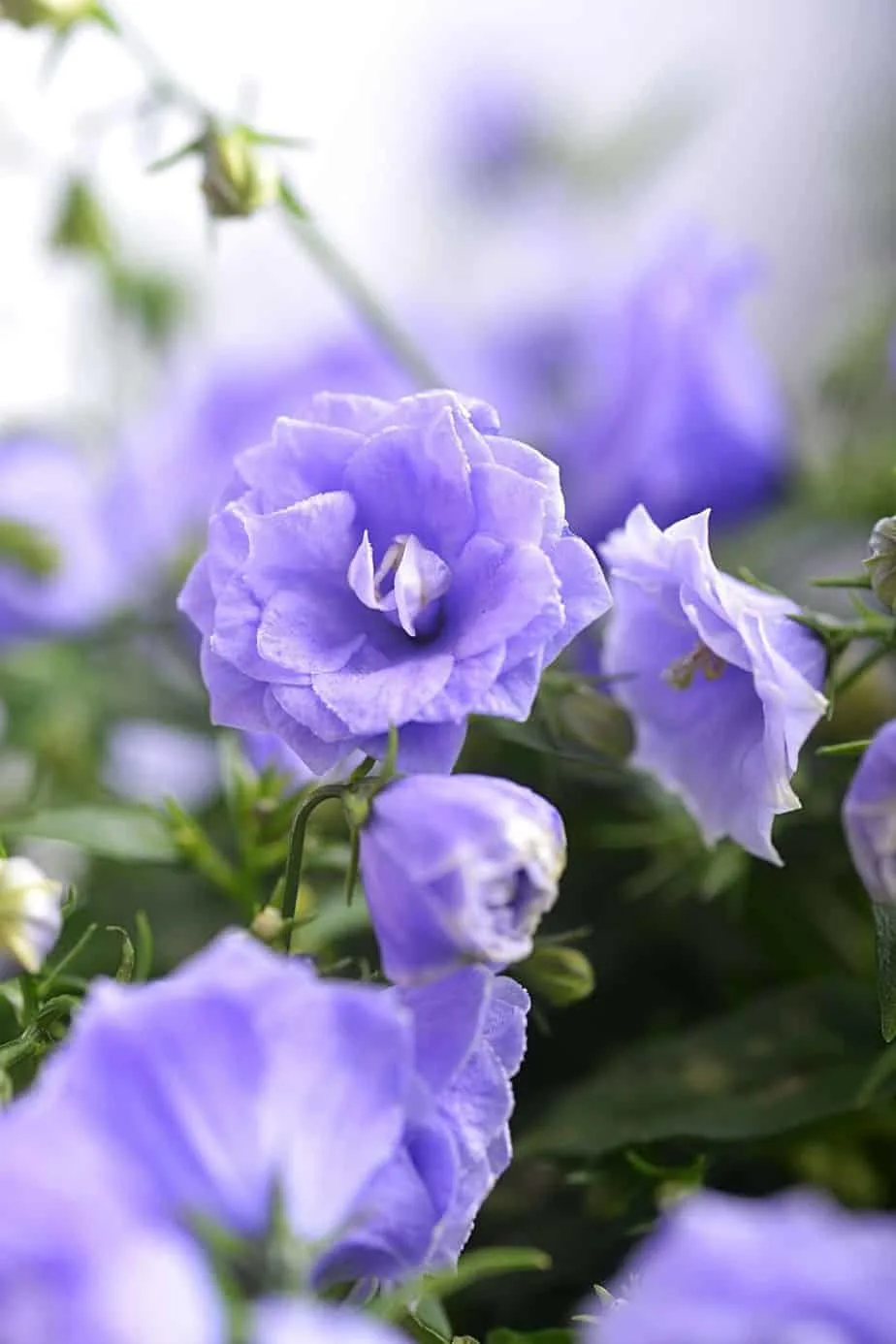
Known for its cup-shaped flowers looking like tiny Christmas bells, Campanula (Bellflower) will thrive in a northwest facing garden
Campanula, also known as Bellflowers, are known for their cup-shaped flowers that look like tiny Christmas bells.
The blooms of this flower come in many forms and colors, the most common of which are light blue and lavender.
However, more rare colors are pink and white. To grow this plant in your garden, always use alkaline and well-drained soil.
Another important thing to ensure about your bellflowers is that you do not have to fertilize your plant during the winter. In this weather, your plant needs maximum rest for the following season.
However, in summers, you can use a slow-release fertilizer once every month.
25. Ceanothus
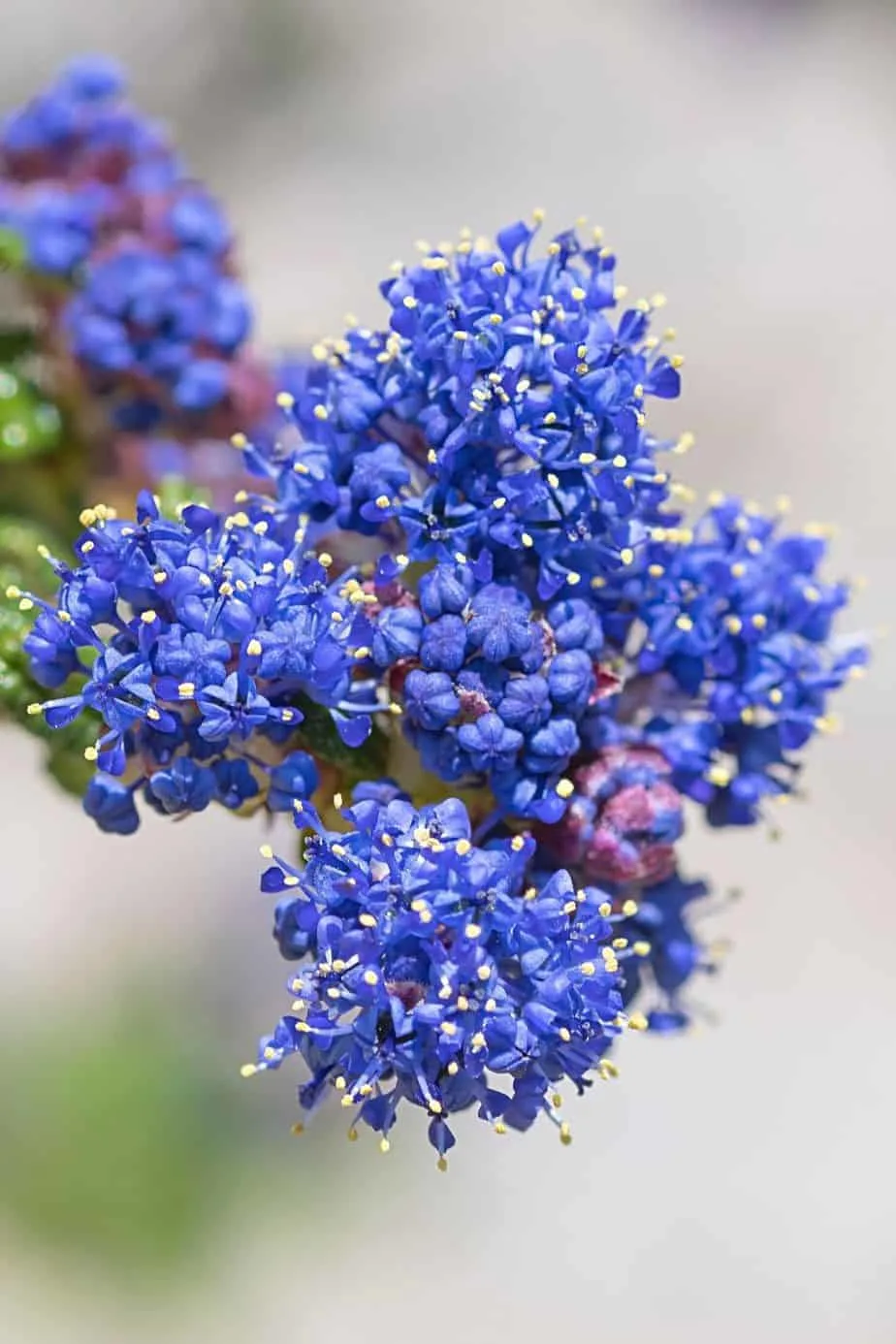
Ceanothus graces your northwest-facing garden with magnificent blue flowers
Commonly known as Buckbrush or Soapbush, this plant has magnificent blue flowers.
You do not need to worry about giving this plant much sunlight because they can easily survive in full as well as partial shade.
If you want to take extra care of your plant, you can always trim the leaves if you find that they are getting too long or bushy.
Cool wind in the morning and the sunlight when the sun is setting in the west will be ideal for the growth of this plant.
26. Geraniums
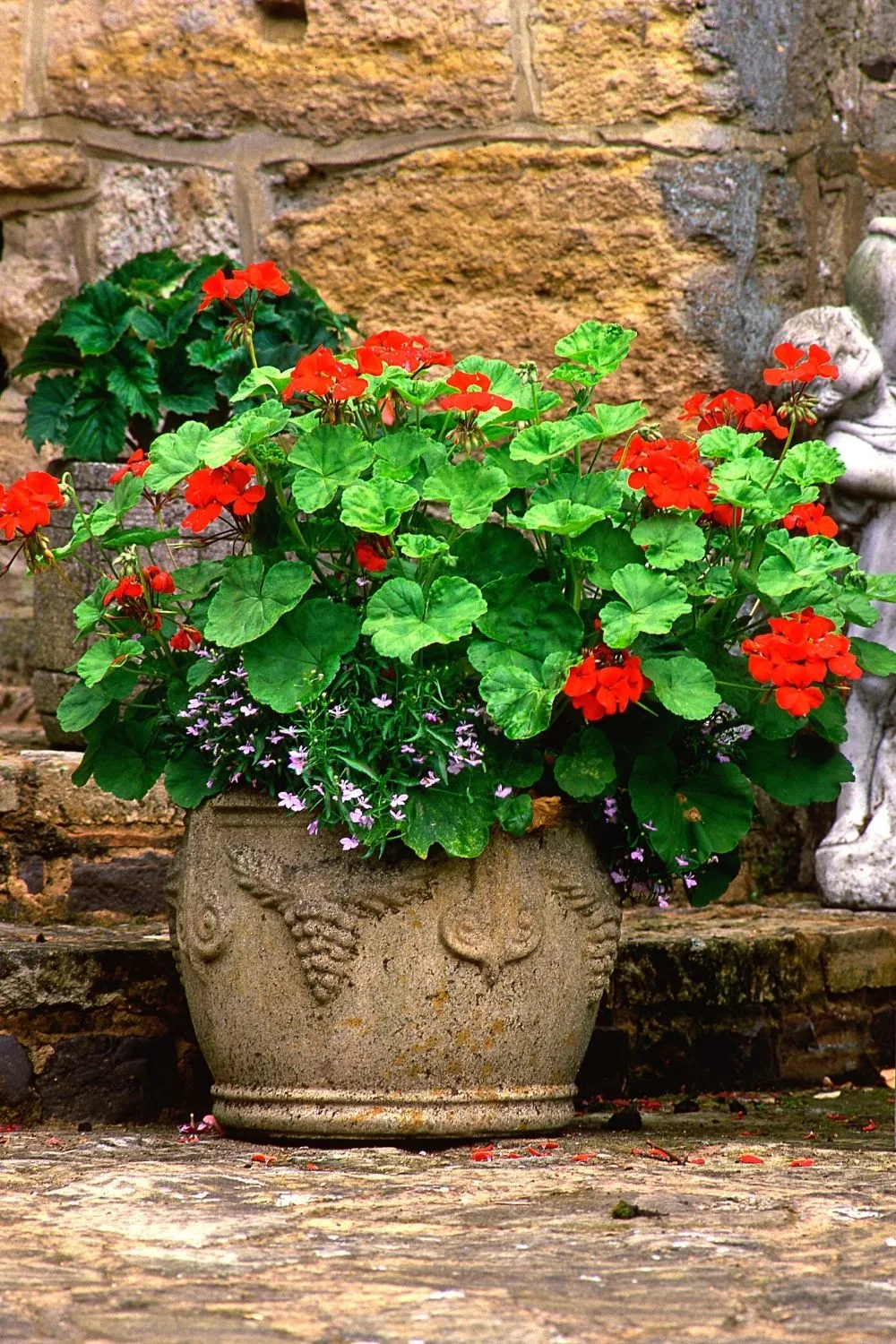
Geraniums are another bunch of colorful flowers you can grace your northwest facing garden with
To grow Geraniums, you need to have a soil mixture that consists of peat moss and perlite.
This will ensure proper drainage of water from the soil and give it a light and airy texture to grow at its optimum level.
You can also use the technique of deadheading on geraniums. Deadheading refers to breaking or simply removing the dead flowers and allowing the growth of more new flowers in your plant.
Deadheading ensures that the plant does not waste its energy on a dead flower and instead uses it to produce better and unique flowers.
27. Leucanthemum x superbum (Snowcap Shasta Daisy)
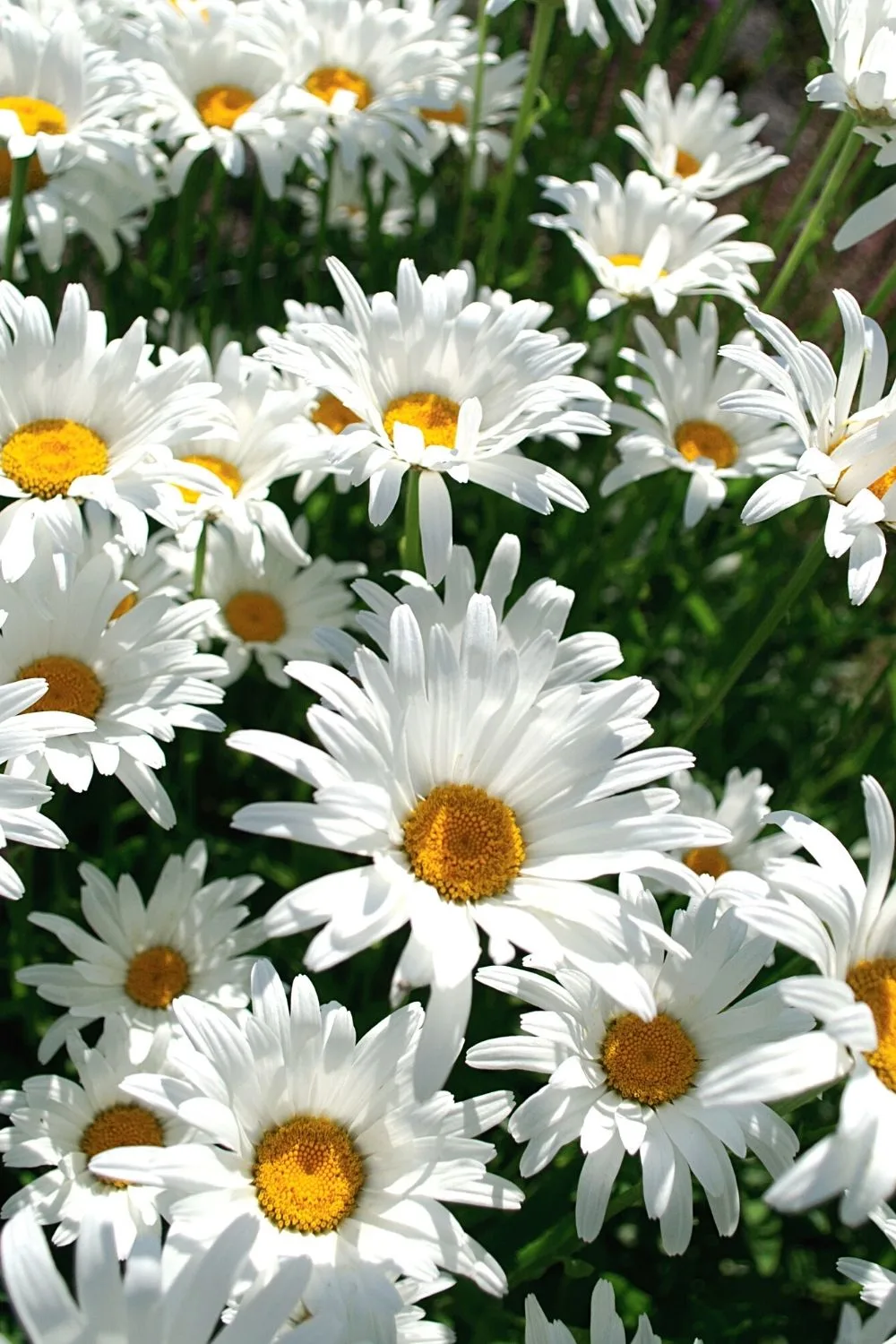
Leucanthemum x superbum (Snowcap Shasta Daisy), an easy-to-care-for plant, will thrive in the shady and cool environment of the northwest facing garden
Snowcap Shasta Daisy is very easy to plant as it is not very particular about a specific kind of soil. It will do good in any type of soil, provided that it is well-drained.
Your north-west facing garden will be perfect for this plant as it will get a cool and shady environment in the morning, and then it will also get proper sunlight when the sun is setting in the west in the late afternoon.
You can fertilize it with a fertilizer that is rich in magnesium and phosphorus so that your plant has stronger stems and is not prone to breaking off.
28. Polygonatum × Hybridum (Solomon’s seal)
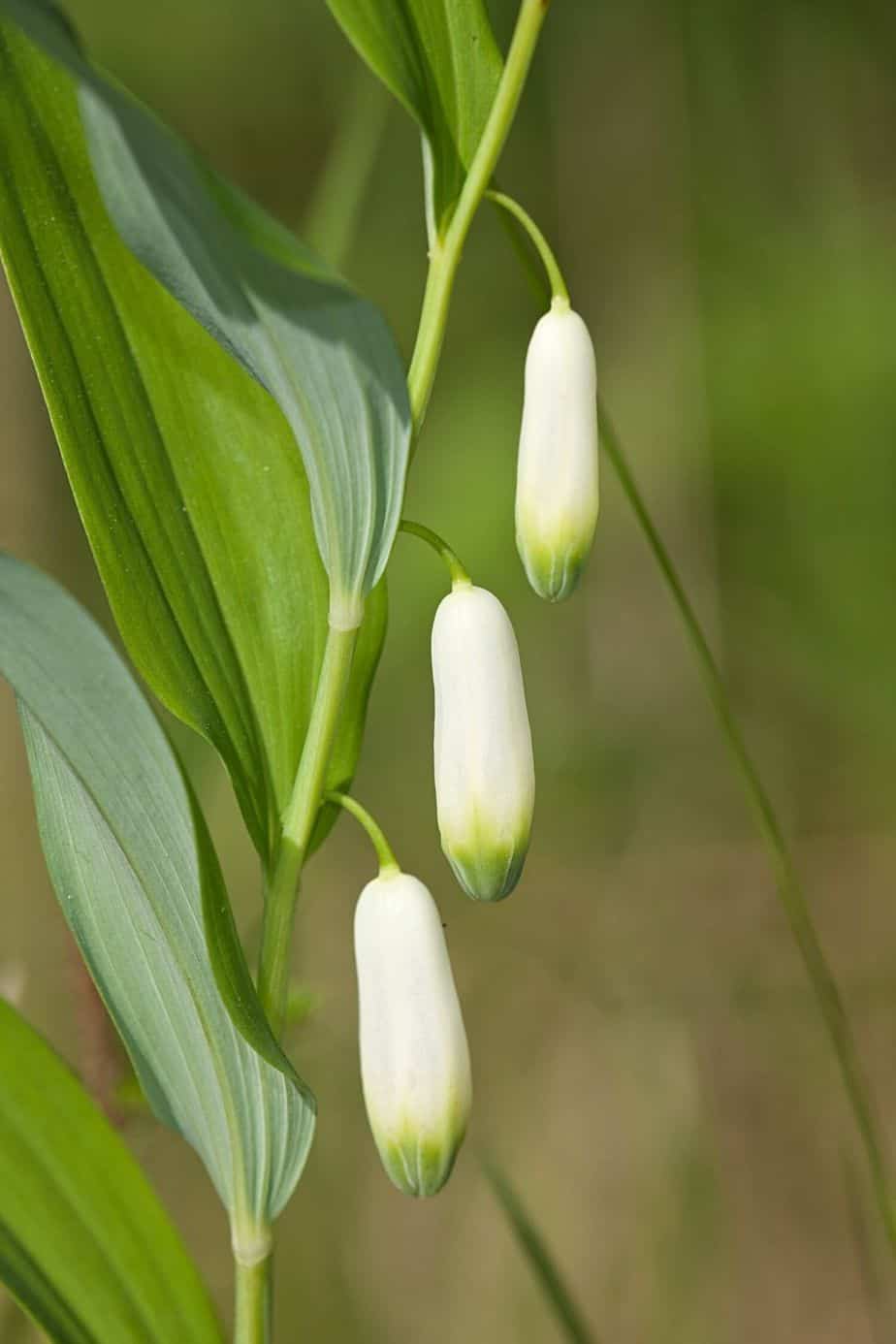
Polygonatum × hybridum (Solomon’s seal) is a plant that grows like a shrub that you can place in your northwest facing garden
This plant grows like a shrub and offers fern-like leaves. Also, it has small bell-shaped flowers with tiny green tips.
Another good news when it comes to caring for this plant is that you don’t need to worry about the pH of the soil you are potting your plant in.
Your plant will do wonders whether the pH of your soil is acidic, neutral, or alkaline.
29. Alchemilla Mollis (Lady’s Mantle)
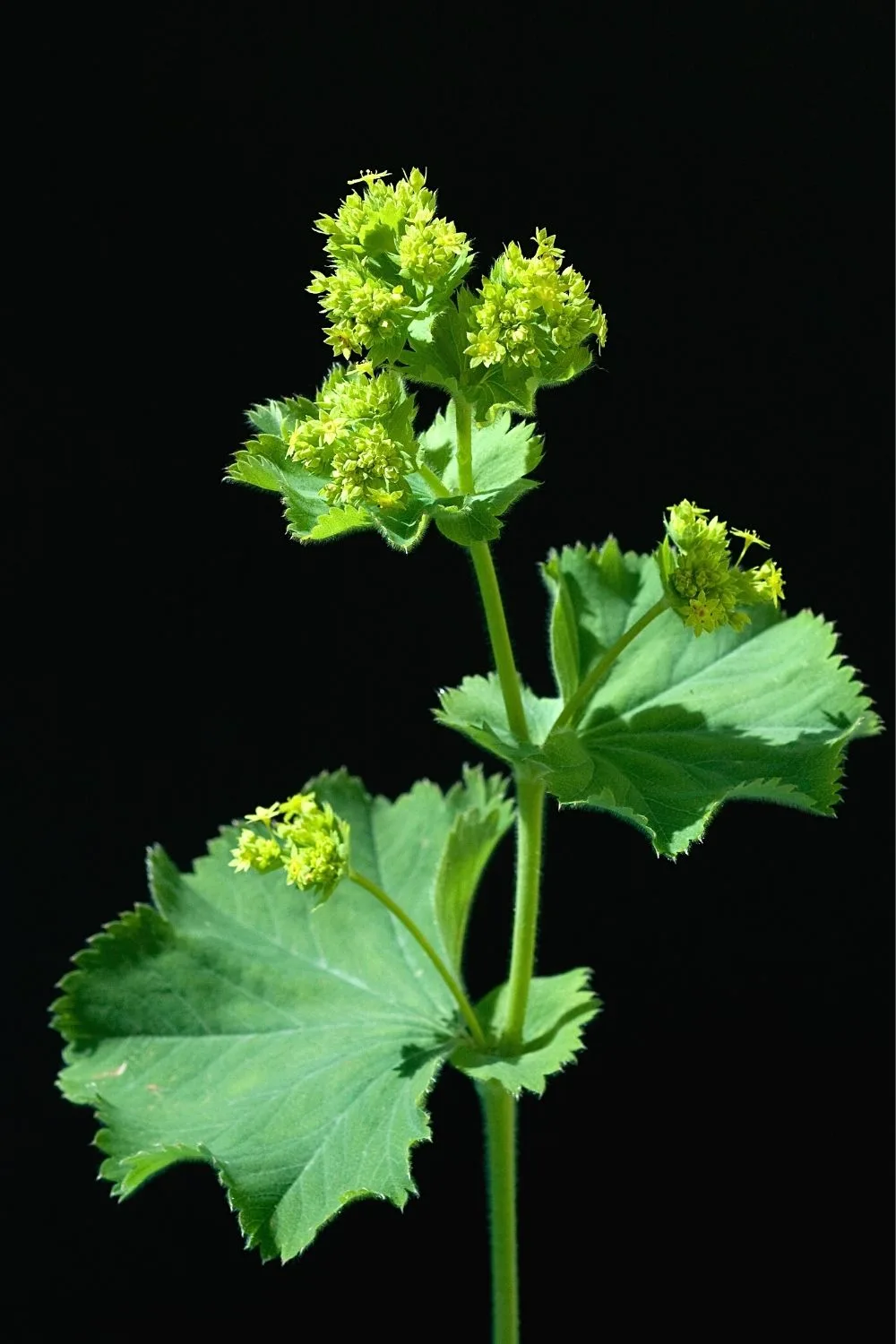
The shady mornings and afternoon of the northwest facing garden is what the Alchemilla Mollis (Lady’s Mantle) loves
Shady mornings and sunny afternoons are all that Lady’s Mantle wants.
Very easy to grow and maintain, this plant bears no flowers and has grey-green leaves arranged in clusters.
30. Impatiens walleriana (Impatiens)
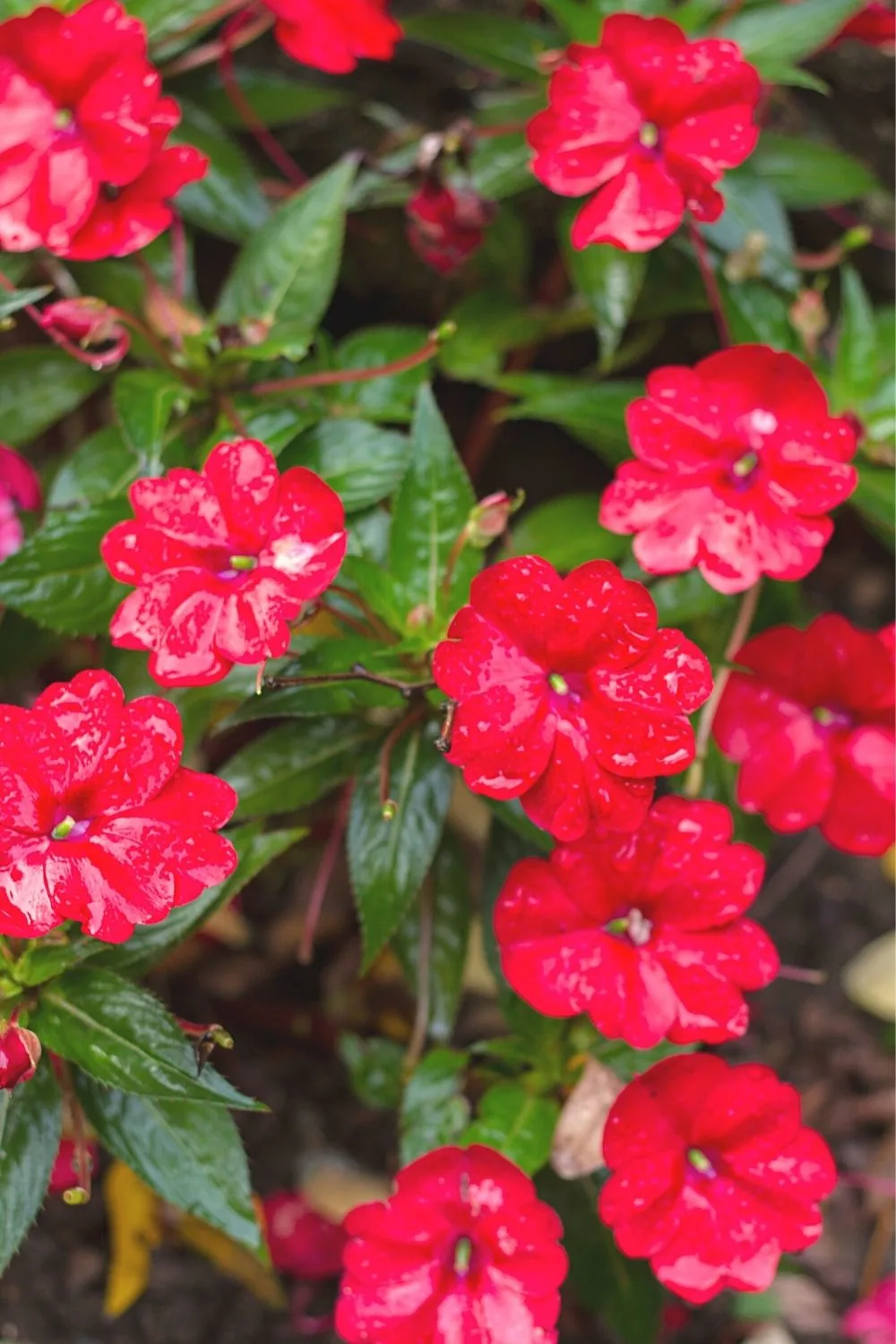
Impatiens walleriana (Impatiens) thrive in both shady and sunlit areas which you can find in a northwest facing garden
This plant produces flowers that bloom in many colors ranging from pink, red, and sometimes orange.
Impatiens are a perfect choice for your northwest-facing garden as they thrive in both, complete shade and sunlit areas.
Conclusion About Plants for Northwest Facing Garden
Every garden should have plants and flowers blooming here and there.
Although northwest-facing gardens do not get a lot of sunlight in their direction, you can still explore hundreds of options that will be great for your garden.

Daniel has been a plant enthusiast for over 20 years. He owns hundreds of houseplants and prepares for the chili growing seasons yearly with great anticipation. His favorite plants are plant species in the Araceae family, such as Monstera, Philodendron, and Anthurium. He also loves gardening and is growing hot peppers, tomatoes, and many more vegetables.

![30 Plants for Northwest Facing Garden — Best Guide [2024]](https://plantophiles.com/wp-content/uploads/2022/04/30-Plants-for-Northwest-Facing-Garden-720x405.jpg.webp)
